The Sony RX1R III could have been my total dream camera, instead it's a beautiful nightmare
I desperately wanted to love this capable camera, but there are just one too many drawbacks
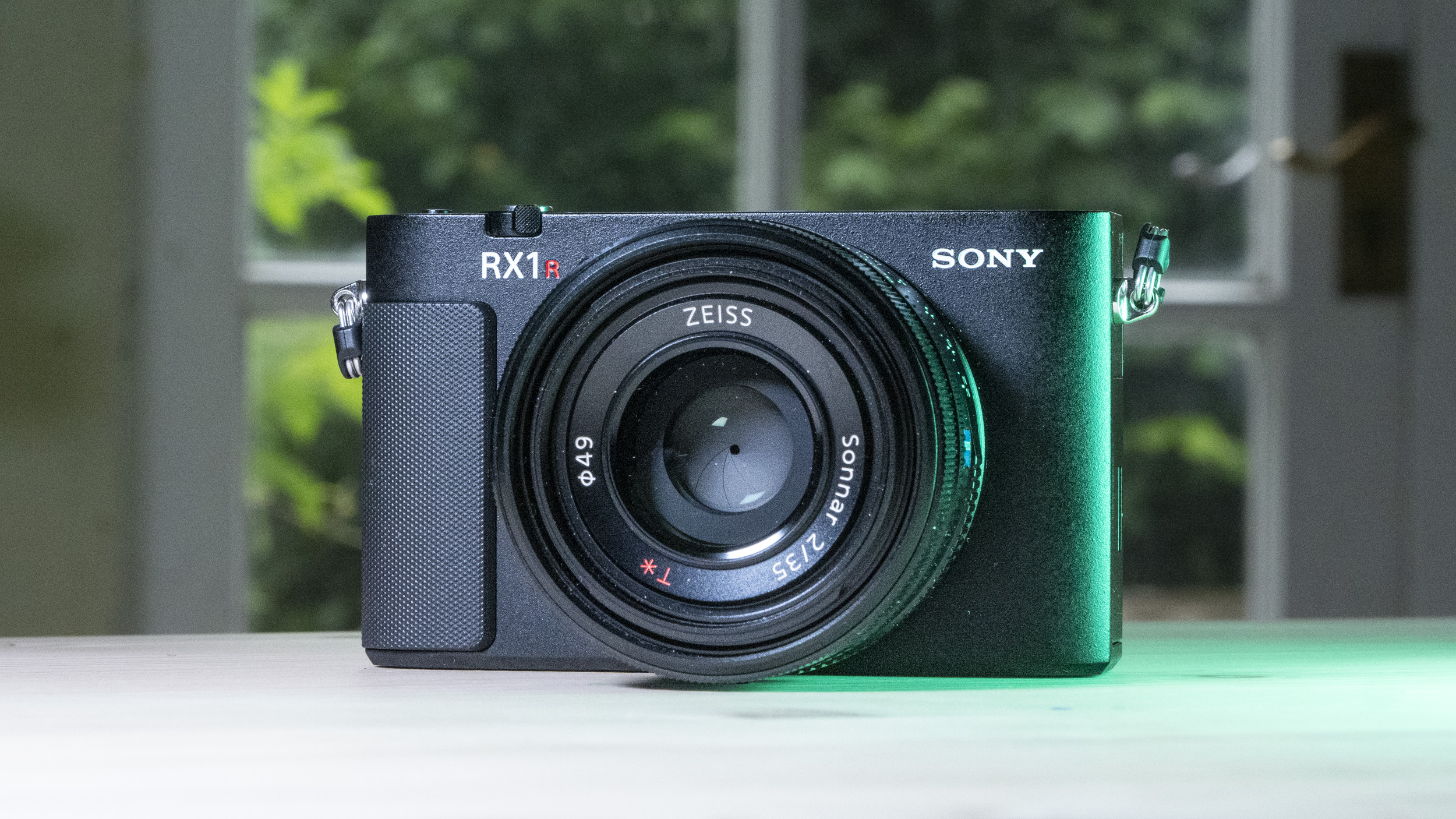
As the adage goes, 'the best camera is the one you have with you', but for photographers, it sure helps when it's a good one.
Naturally, the smaller and lighter the camera, the more likely you'll have it with you as an everyday carry. Herein lies an obsession for many keen photographers - find the smallest 'proper' camera possible, with the best possible quality and the fewest possible compromises.
That's exactly why the Sony RX1R III exists - it packs Sony's latest mirrorless camera tech – a 61MP full-frame sensor, Bionz XR processor, and subject detection autofocus – into an impossibly small body with a fixed 35mm f/2 lens. It's a complete package.
Miniaturization is big money, though. Like travel toiletries, makers charge a premium for the convenience of small. The RX1R III costs $5100 / £4200 (yep, pick my jaw off the floor) and its optional accessories, such as a hand grip, cost a pretty penny too.
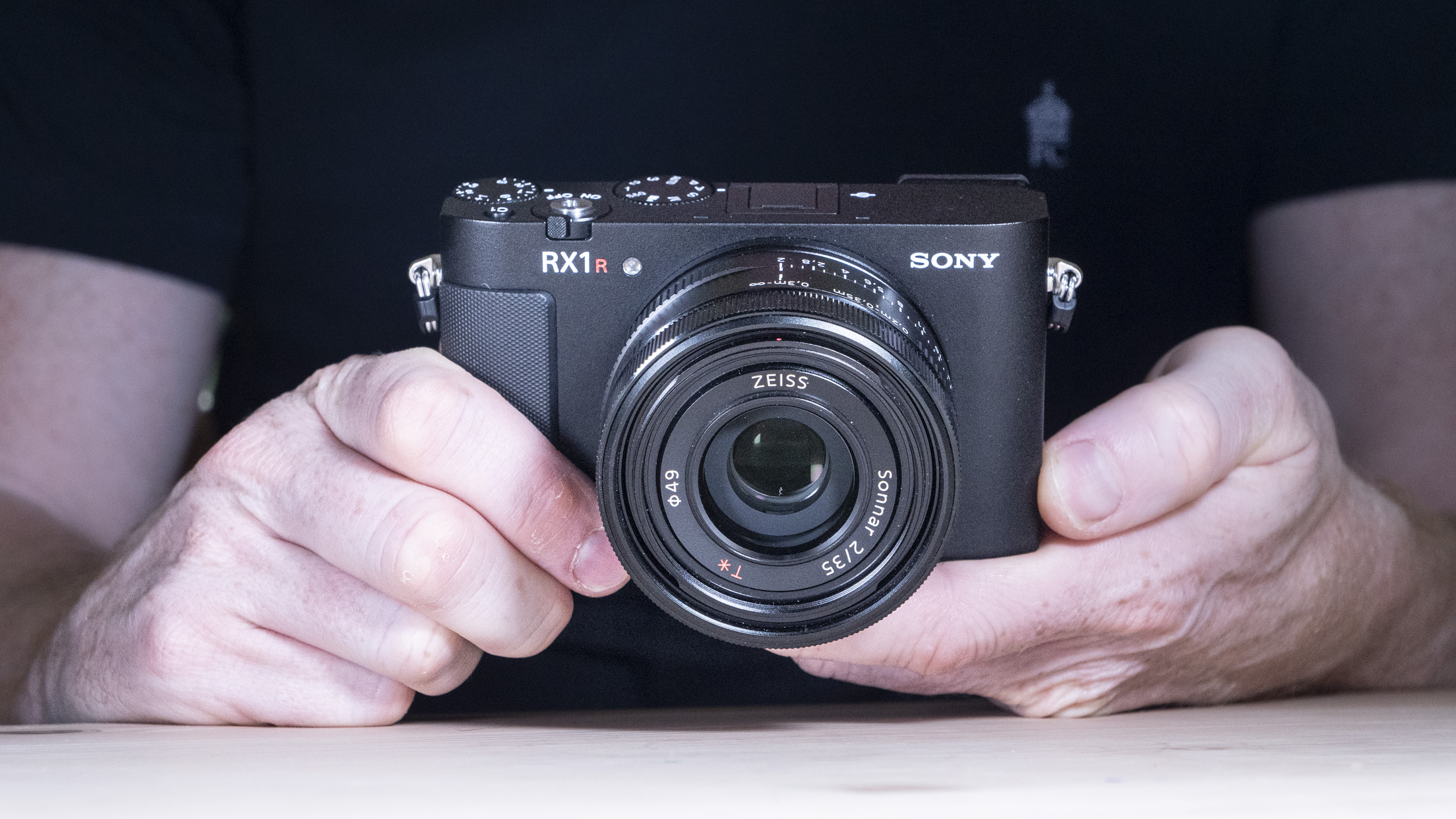
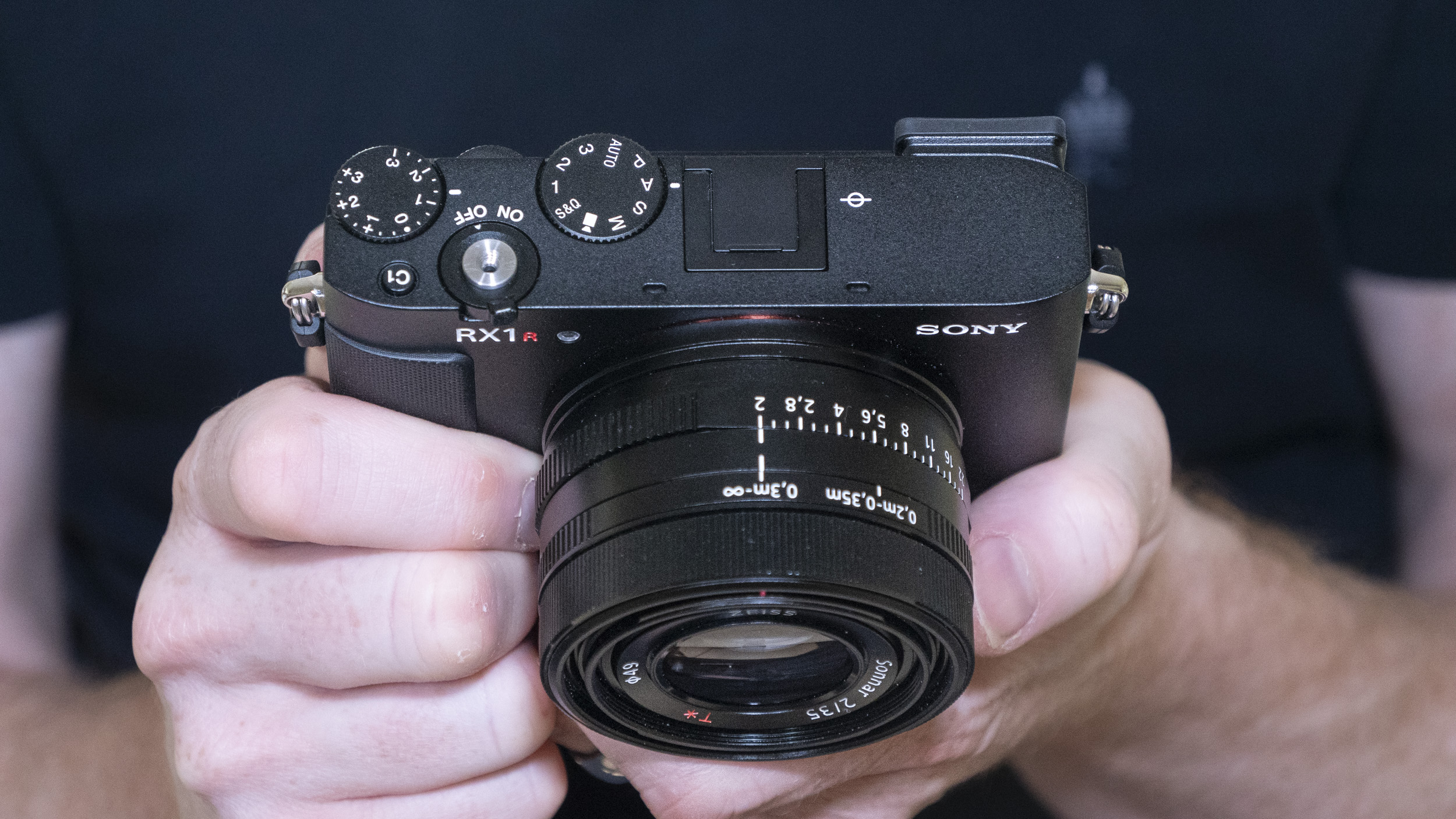
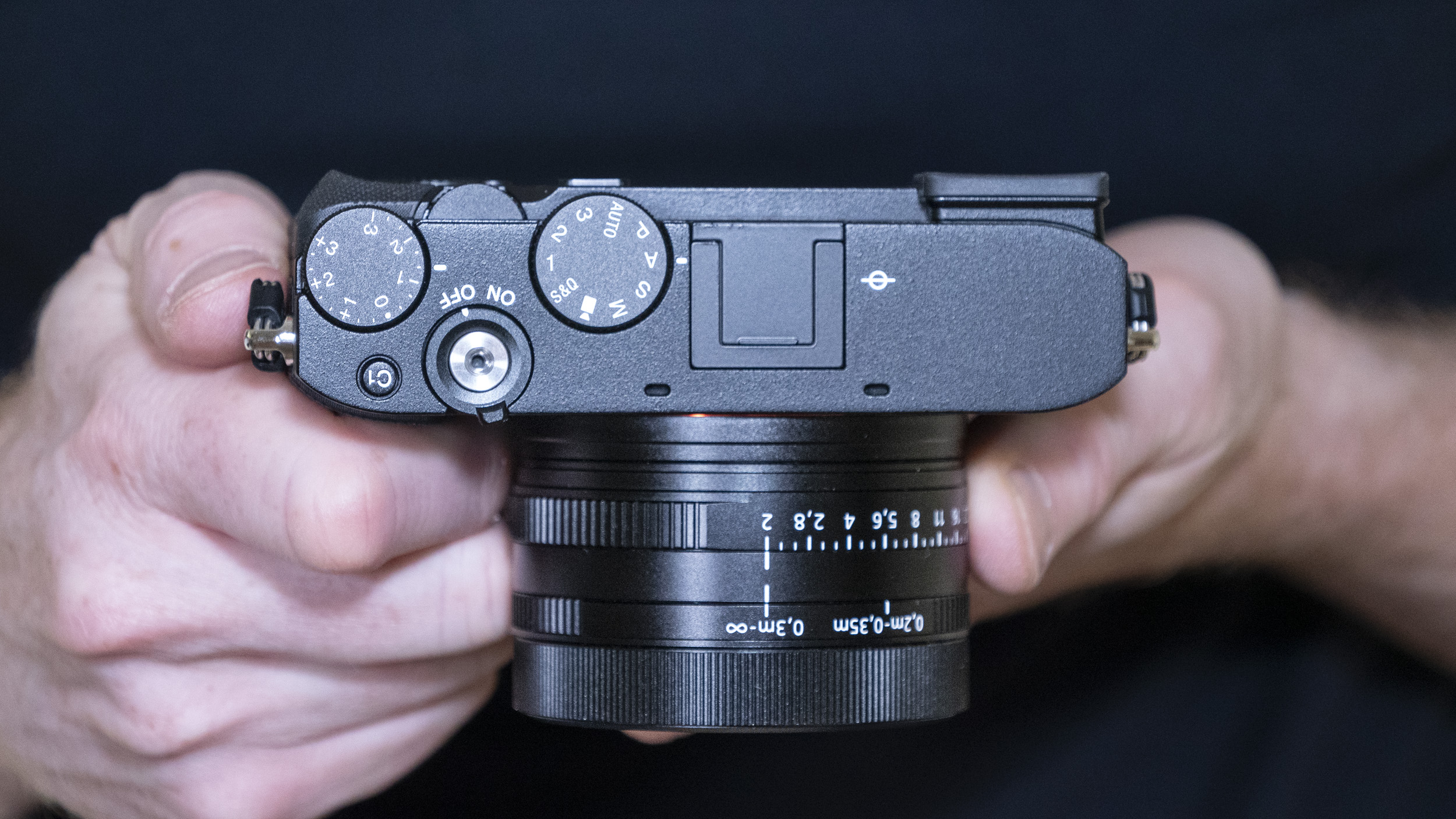
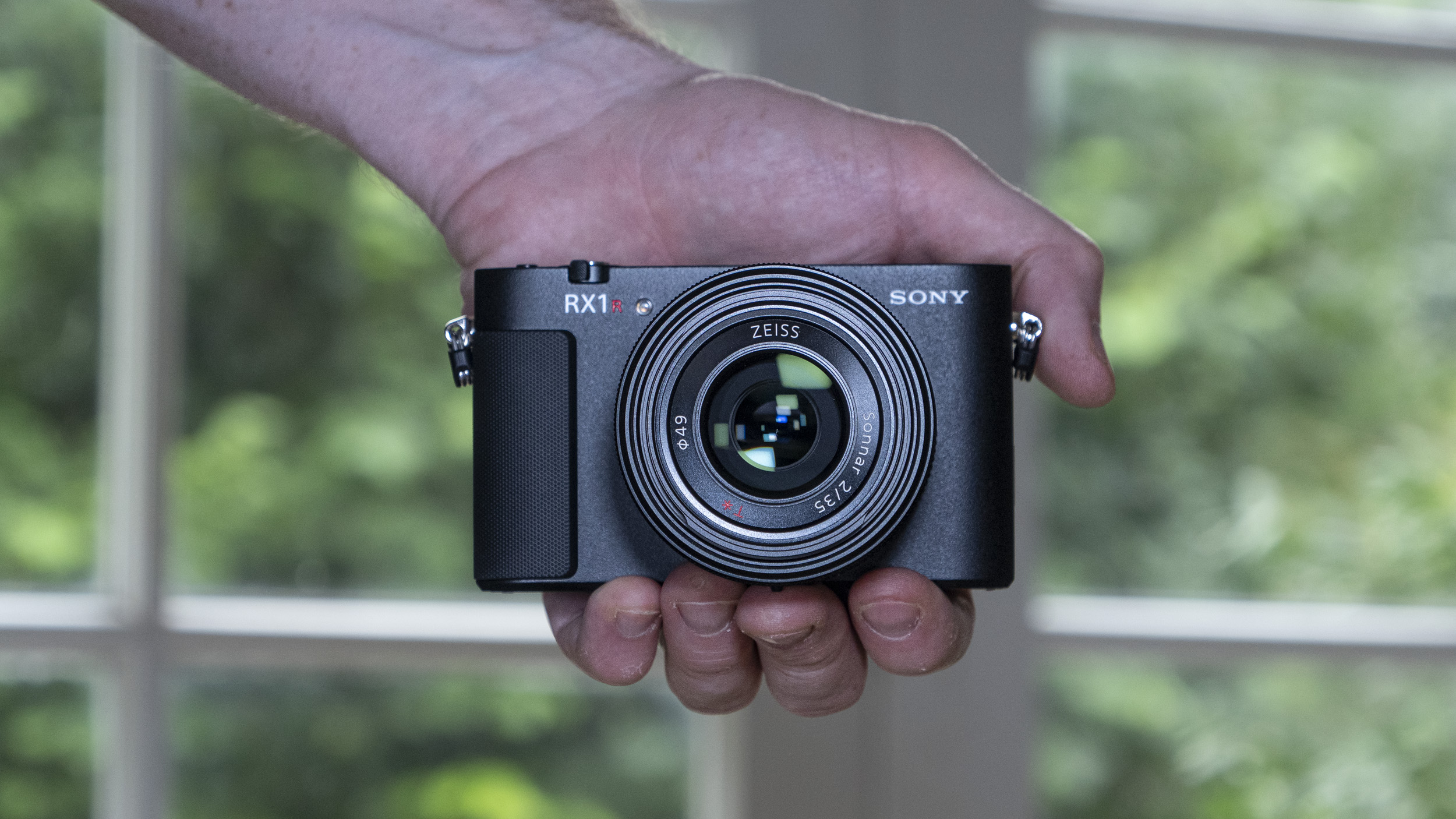
Alternative premium compacts include the larger Leica Q3 (which I adore) and the 100MP 'medium-format' Fujifilm GFX100RF (which optically is the best quality compact I've used).
For much less money, there's the Fujifilm X100VI (which strikes a better price/performance balance) and the tiny Ricoh GR III / GR IIIX (I actually own one).
Of all these options, however, it's Sony's new compact that appeals the most to me, based on specs at least – having tested the Sony A7R V and A7C R, I know how good the sensor, processor, and autofocus system are.
Sign up for breaking news, reviews, opinion, top tech deals, and more.
And to have that tech in an inconspicuous compact body, with a lens featuring a quiet leaf shutter, I must add, sounds like a dream package.
Sony loaned me the camera for a week, and I've had it slung over my shoulder most of that time, capturing moments of the world around me as I've worked, commuted, socialized, and ventured.
What could have been a dream photography experience was one touched with moments of magic, but also frustrating lows.
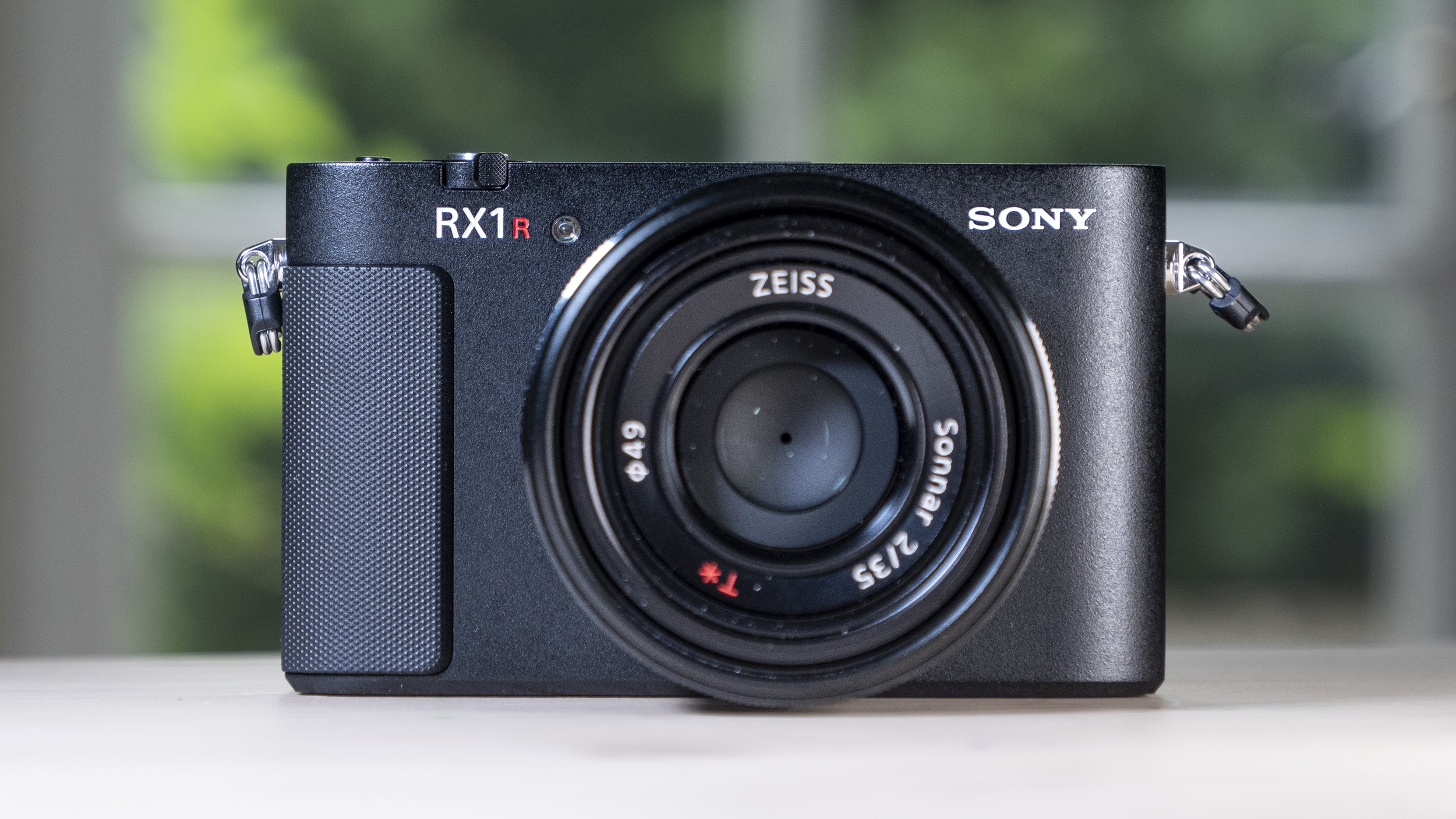
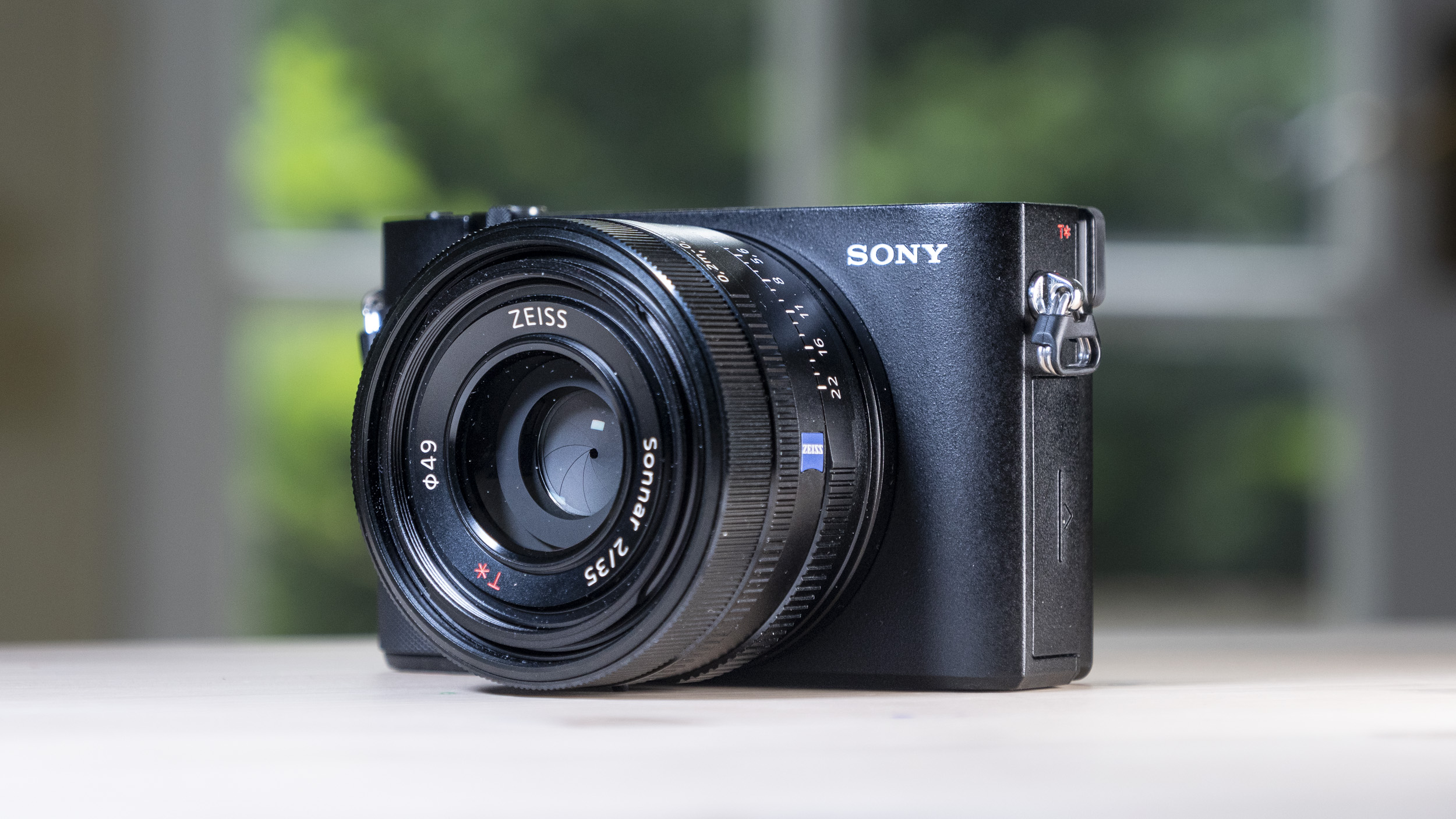
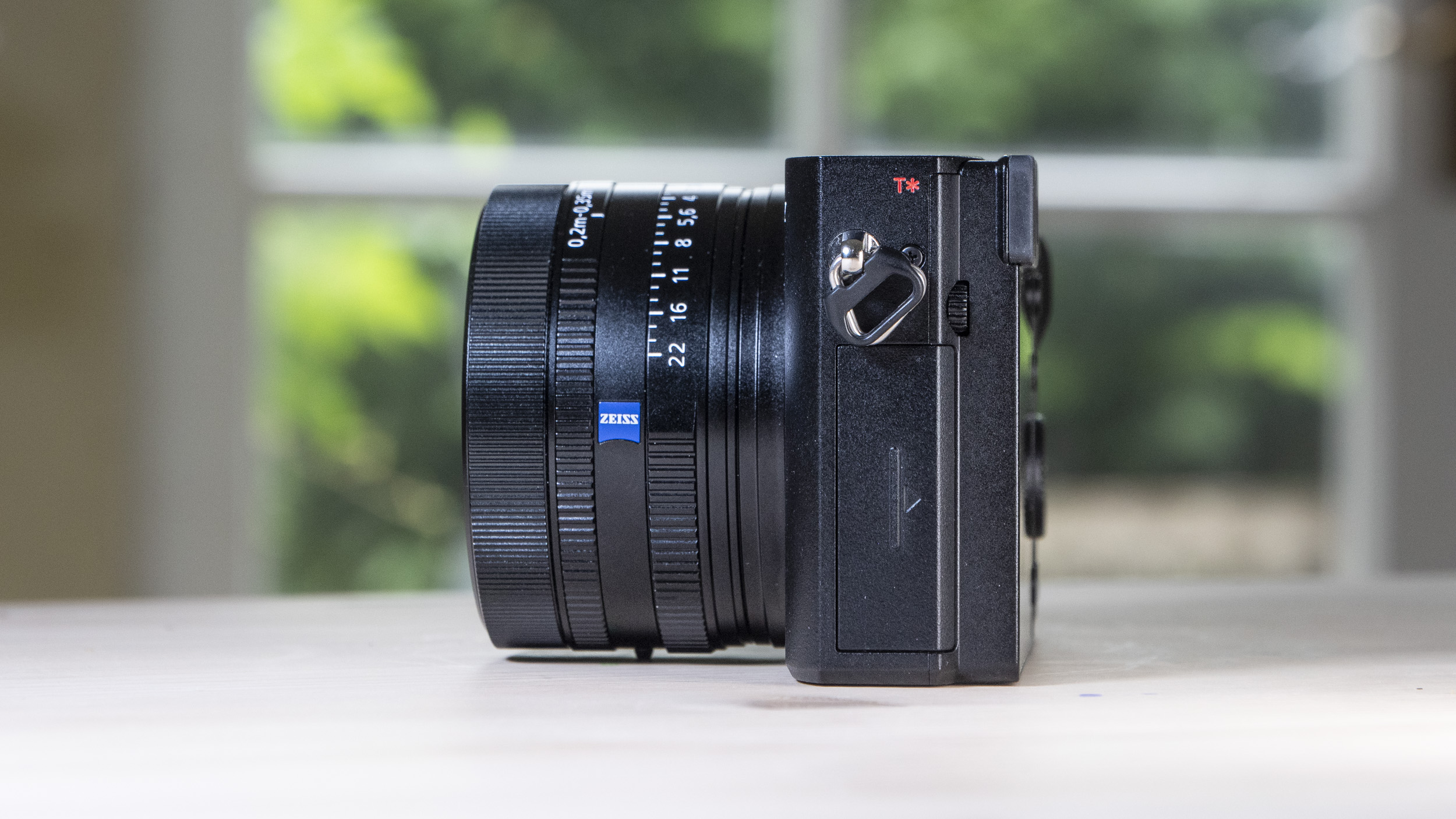
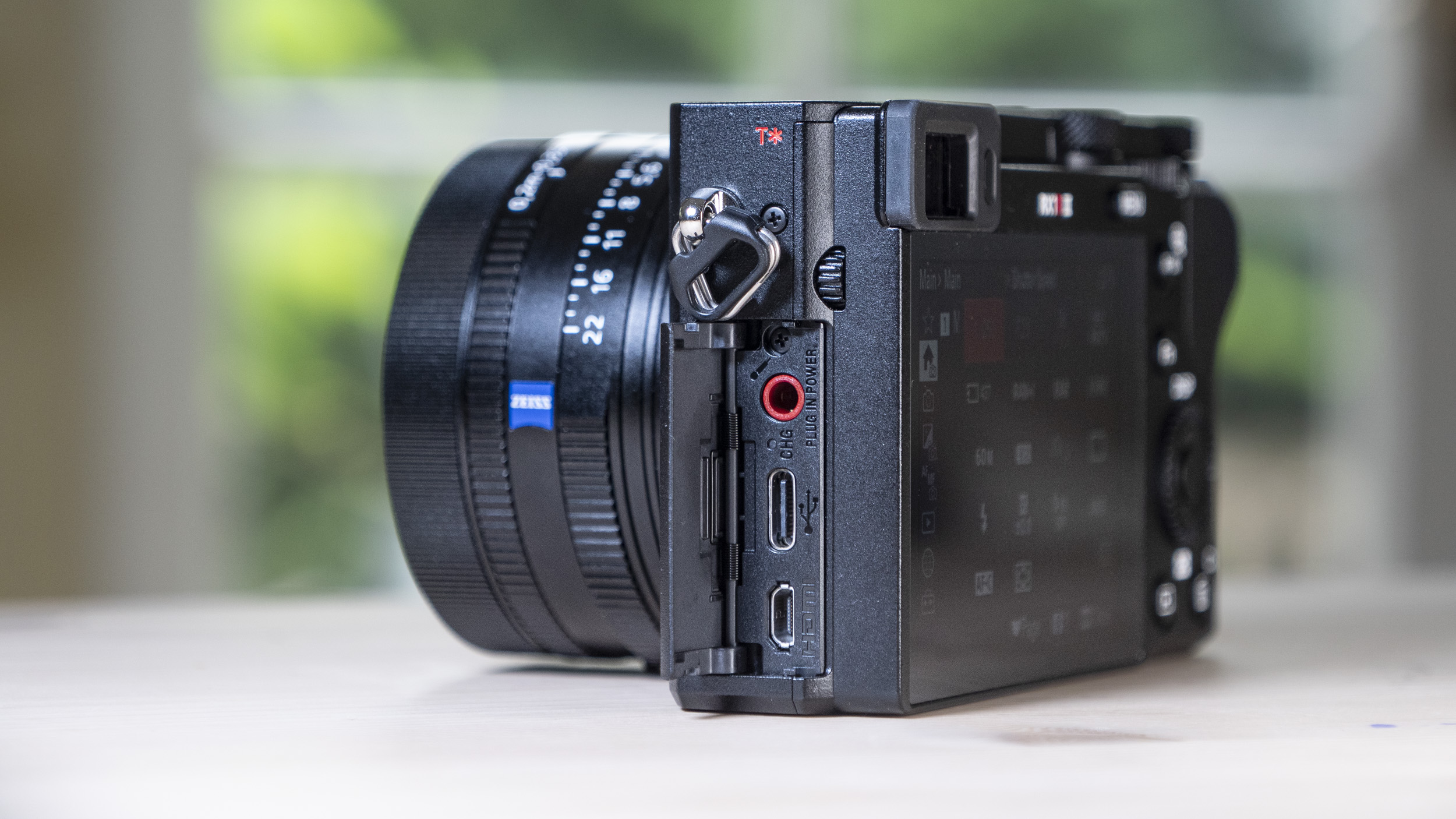
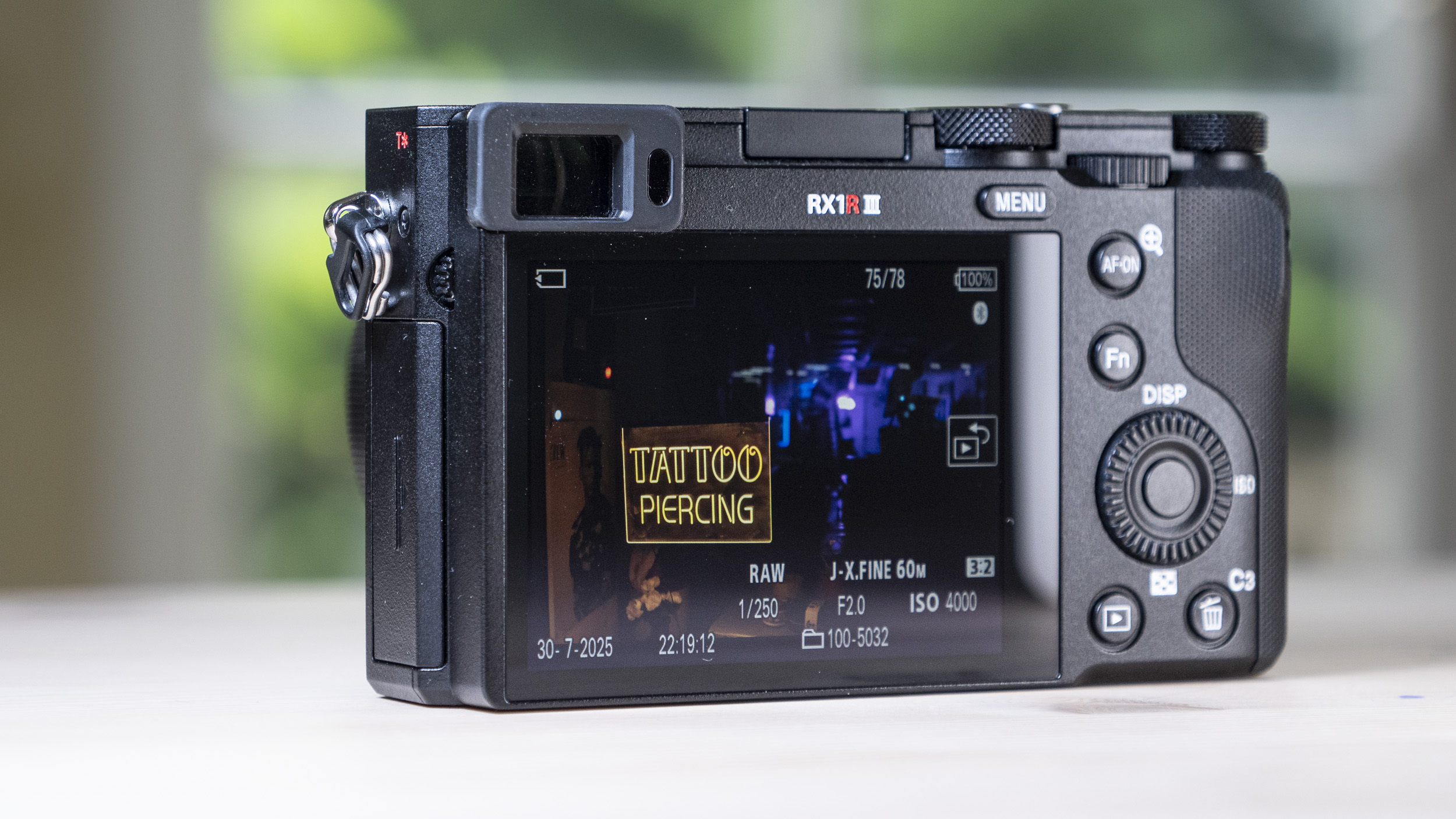
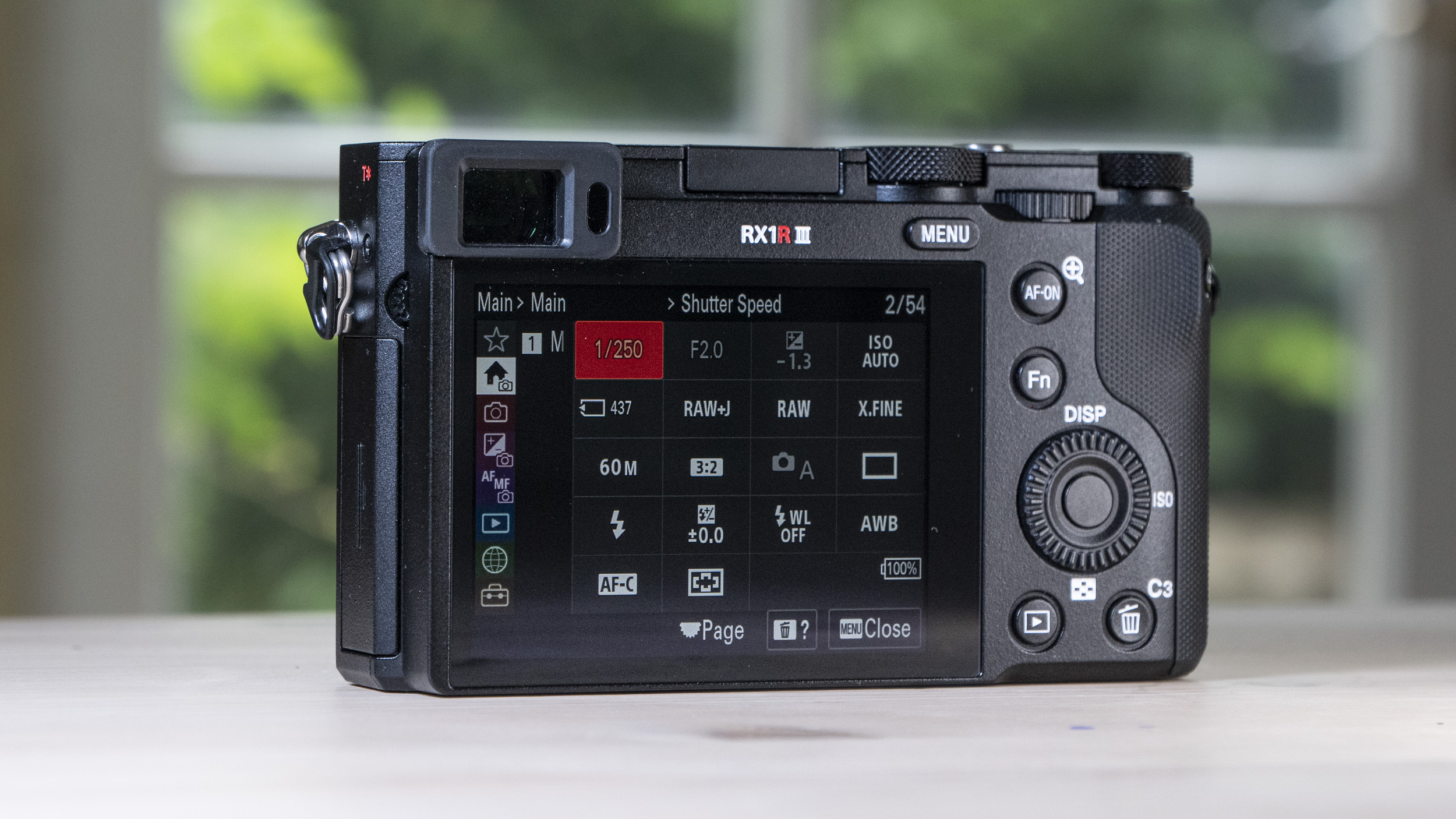
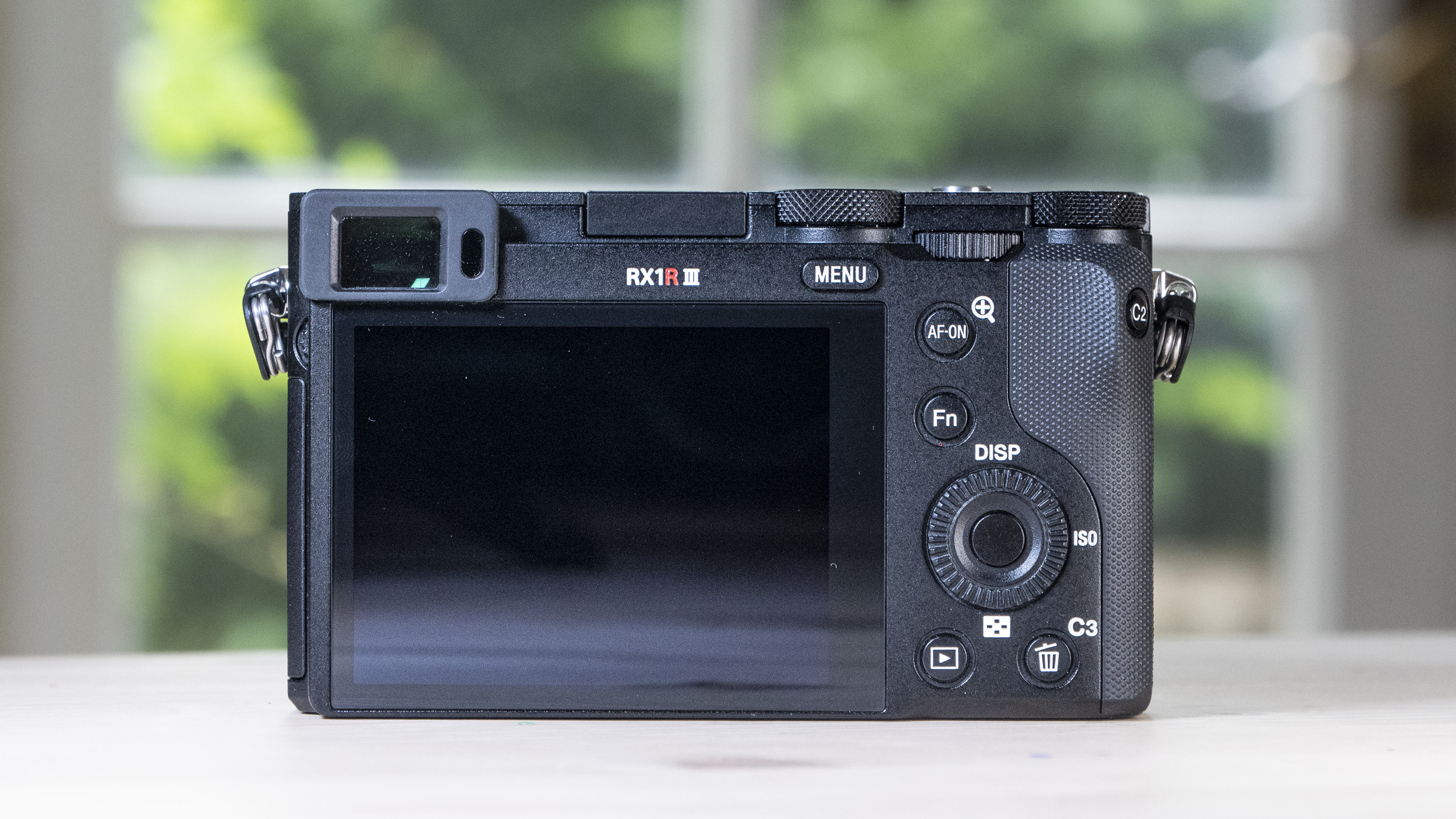
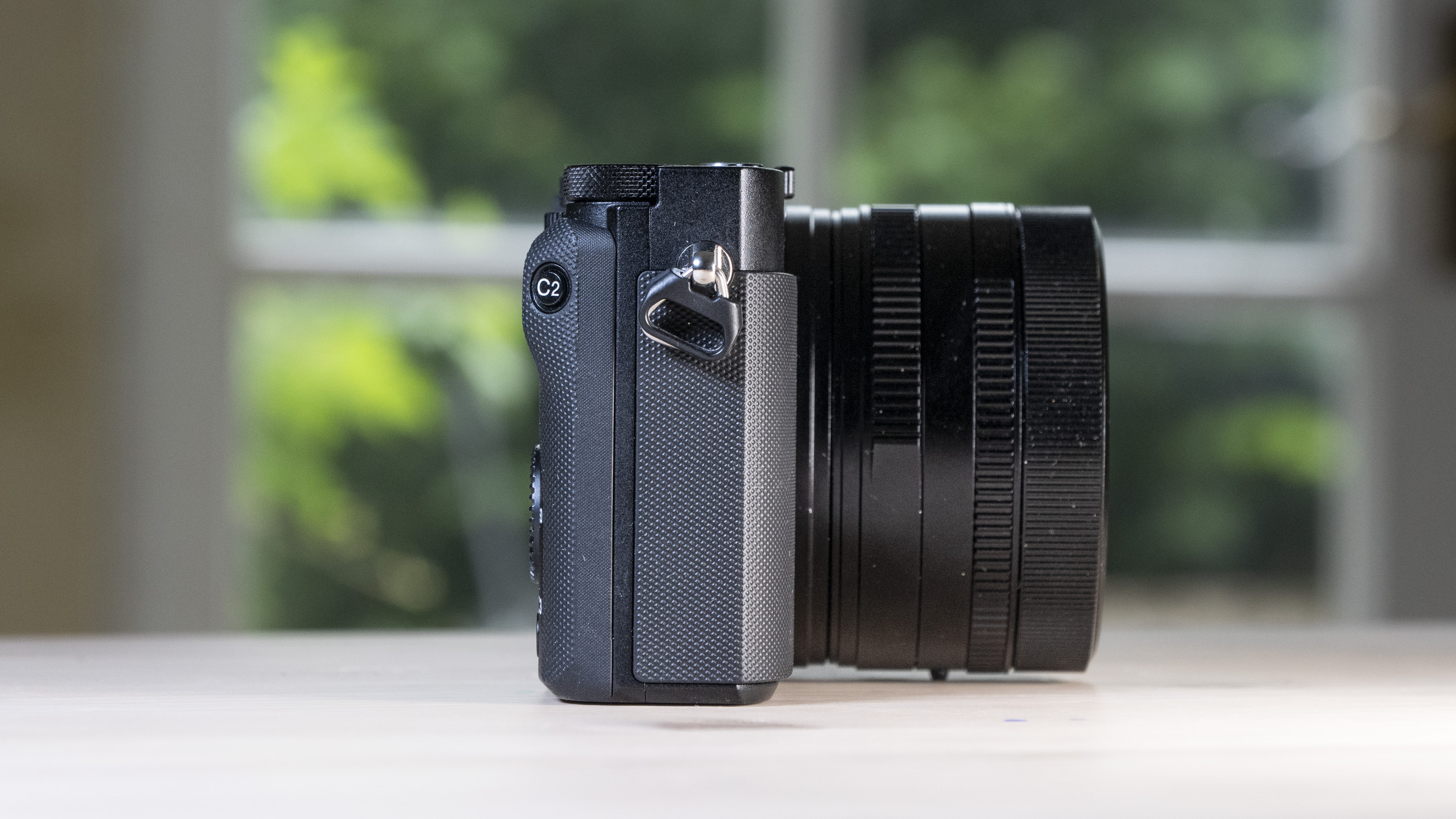

The good, the bad, the ugly
As I've said, Sony's sensor in the RX1R III is superb and, like other high-resolution compacts such as the Leica Q3, it unleashes handy digital crop modes - a 50mm lens crop at 29MP and a 70mm lens crop at 15MP. A fixed lens might seem limiting at first, but the high-resolution sensor adds a little versatility.
Subject detection autofocus is also supremely useful, especially when you can leave it in auto, and the camera is able to determine humans, various animals, and vehicles. I whacked the autofocus zone in 'Wide', activated auto subject detection, and autofocus typically worked a treat.
For certain scenarios, it can be worth picking the specific subject. For example, you can pair the lens’s macro mode (which has a 0.2-0.35m focus range) and insect subject detection AF, and you have an intelligent camera for close-up photography.
I regularly like to shoot with a wide aperture for shallow depth of field portraits and low light scenes, and the RX1R III’s f/2 maximum aperture fits the bill in a way that the GFX100RF's f/4 aperture doesn't.
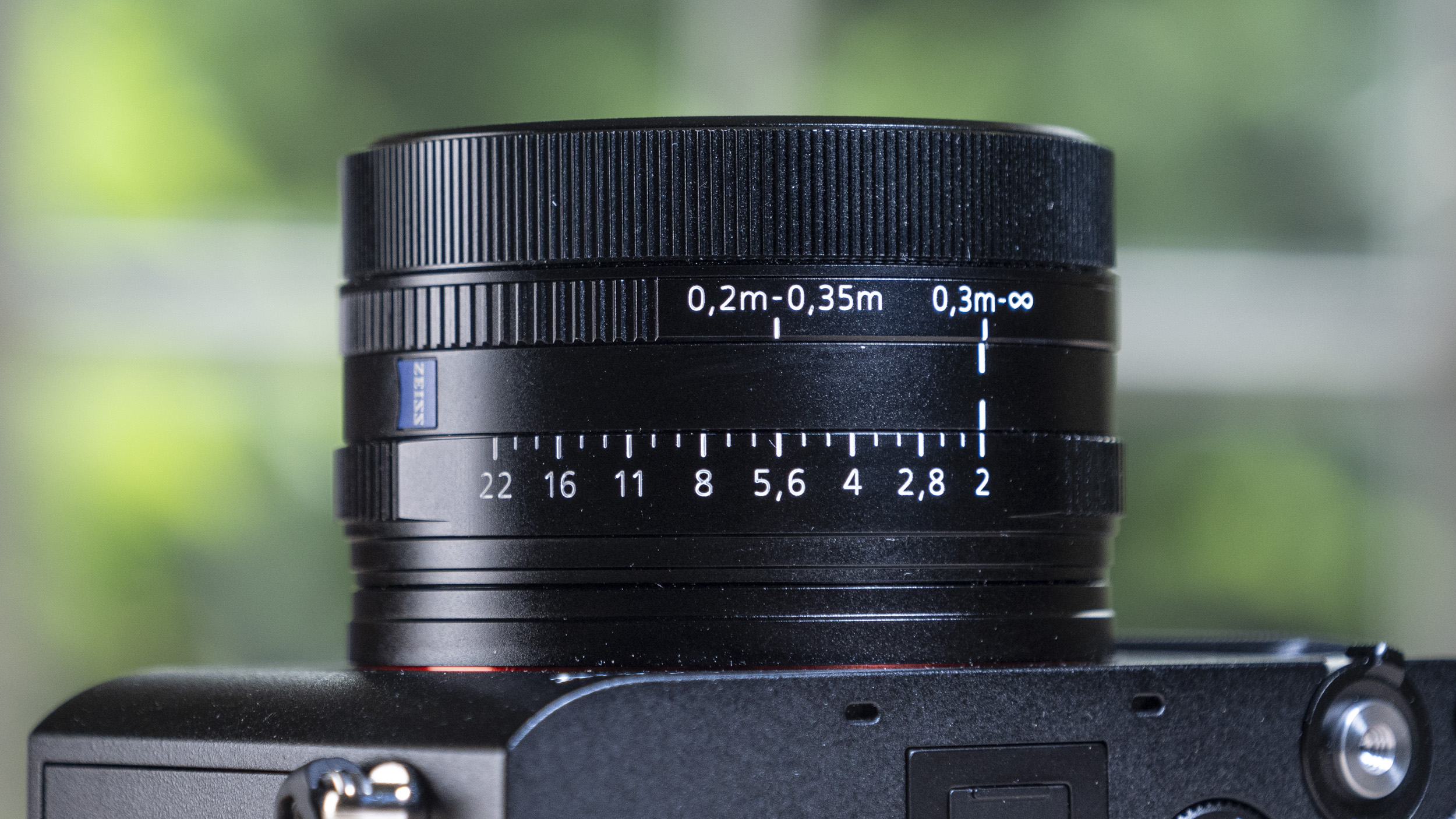
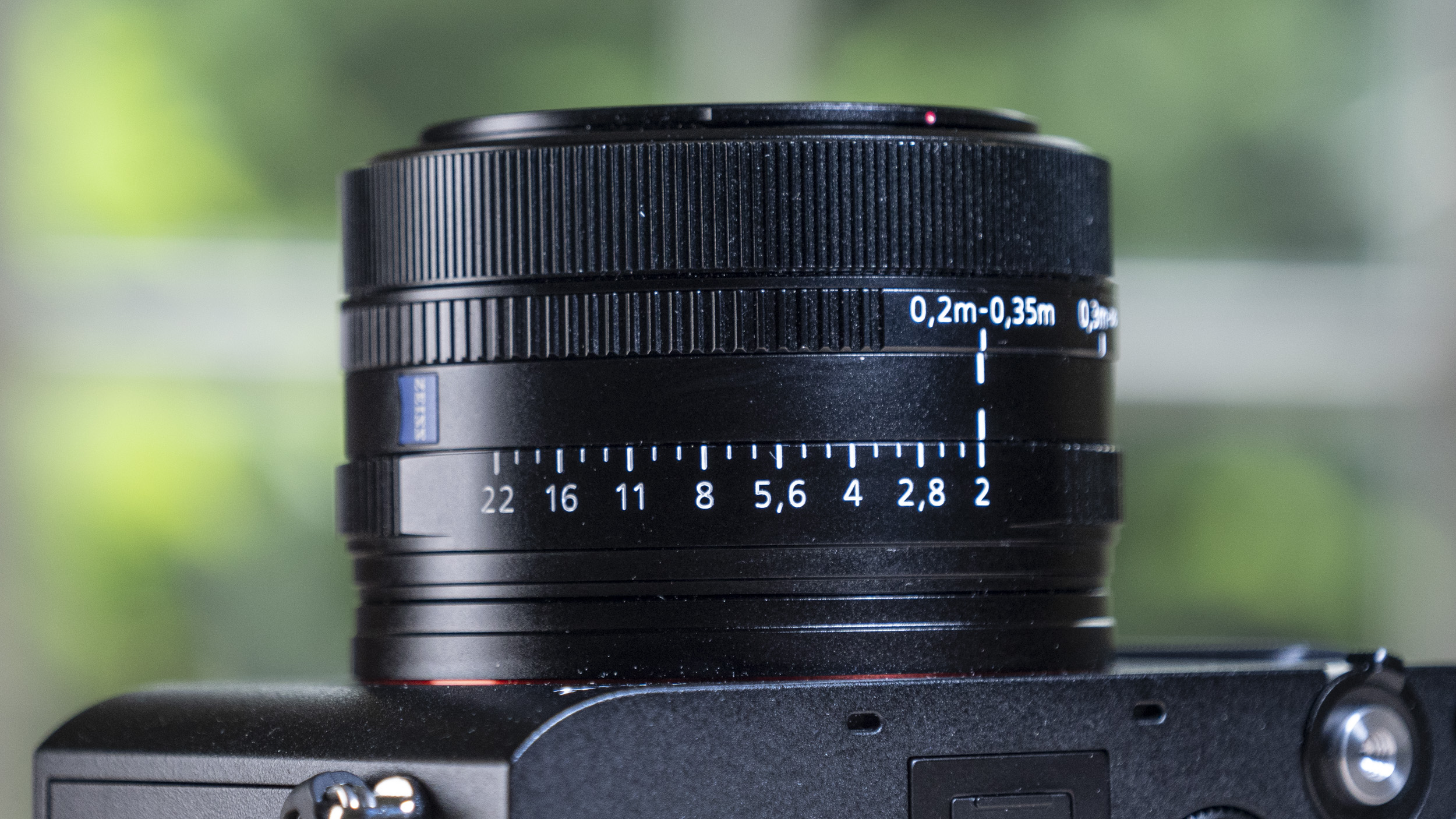
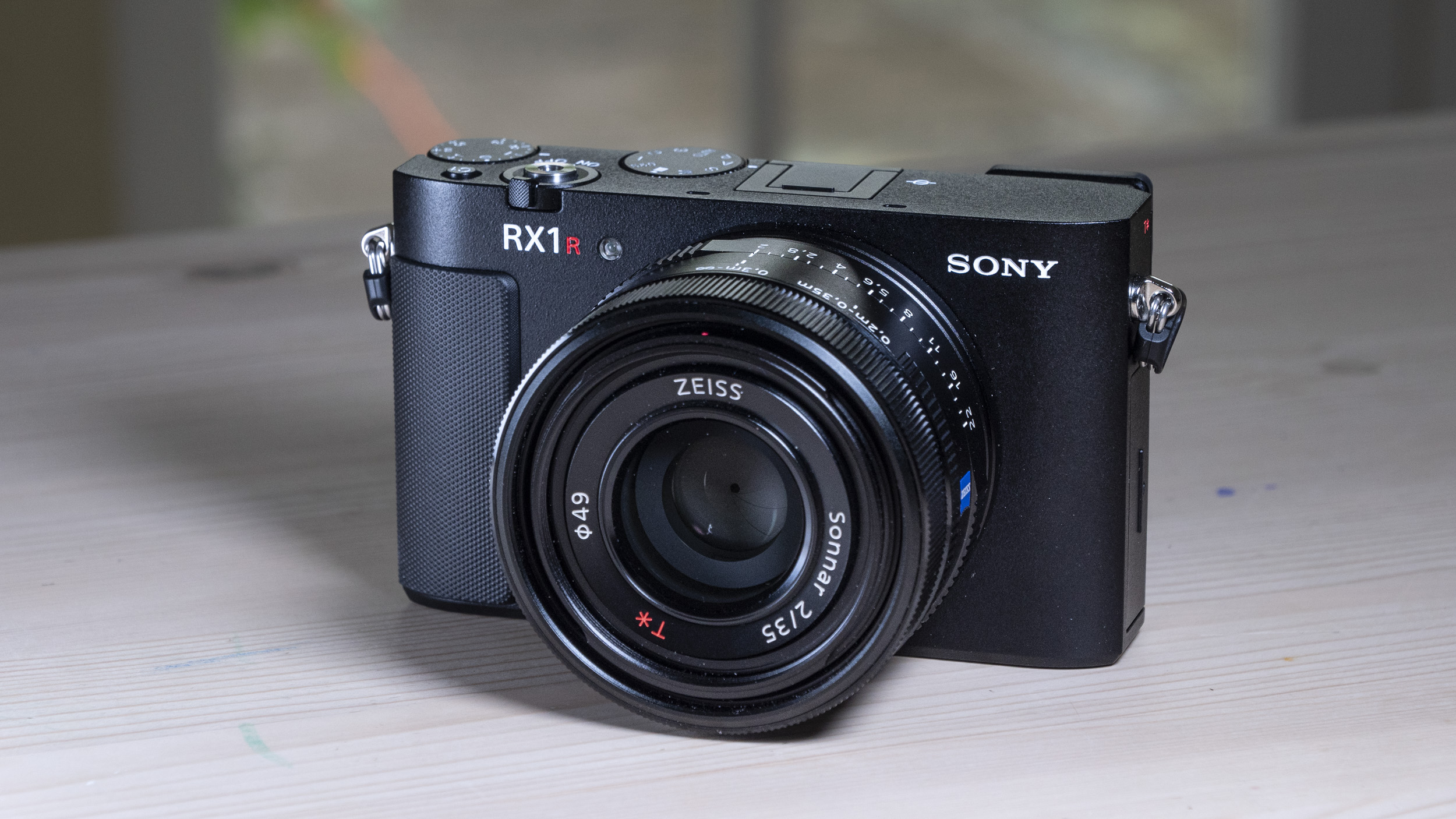
It's not all good news on the lens front, though. This is the same lens as used in the RX1R II, which is ten years old. Good lenses don't age, but sensor tech has moved on in that time.
And looking closely at my pictures, I can see pronounced chromatic aberration at f/2 - which is the aperture I used the most - even in JPEGs with corrections applied, plus longitudinal chromatic aberration (in bokeh), barrel distortion, and softness in the corners.
A 35mm f/2 lens sounds good, but there's plenty not to like at f/2. Optically speaking, Sony’s lens is super sharp in the center, but the Q3's lens is clearly better overall, and the GFX100RF's is better still.
When I heard that Sony had launched the RX1R III, I had high hopes that it had introduced a new lens - improved optically, smaller physically. After all, Sony makes some of the best lenses today, such as the 50-150mm F2 GM, and has been shrinking existing lenses in mark II versions, like the 70-200mm F4 Macro G OSS II. Sadly, we get neither upgrade.

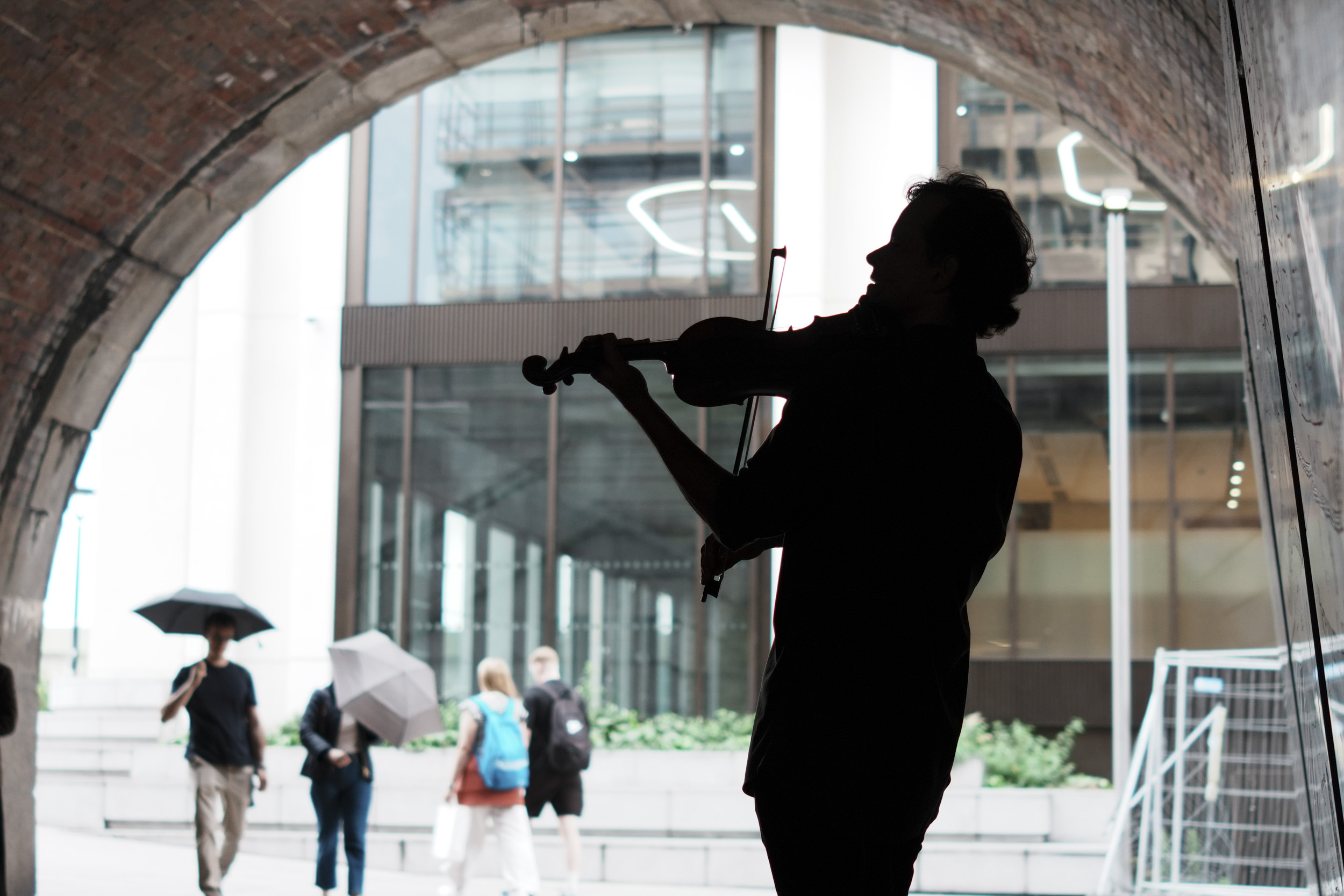

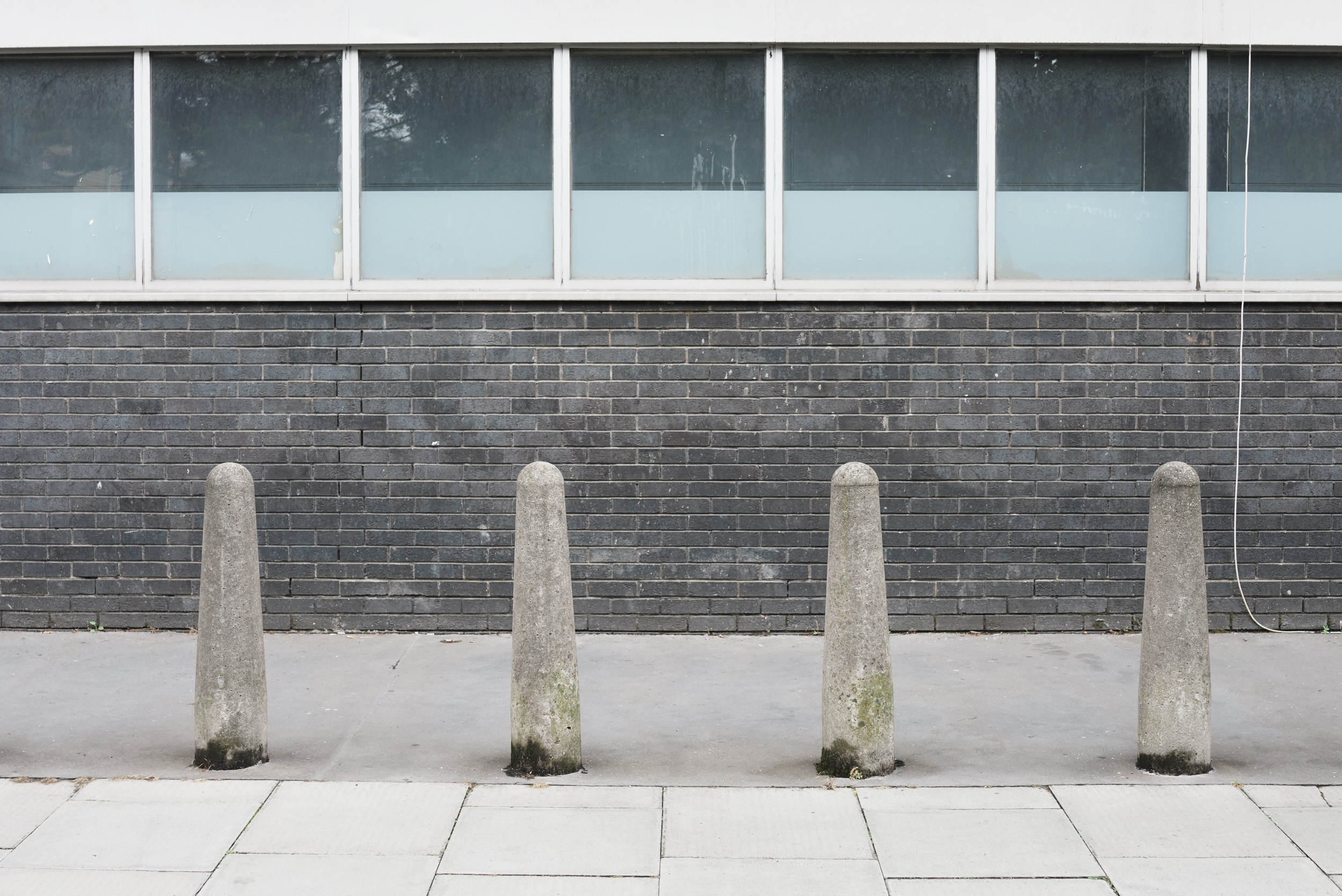



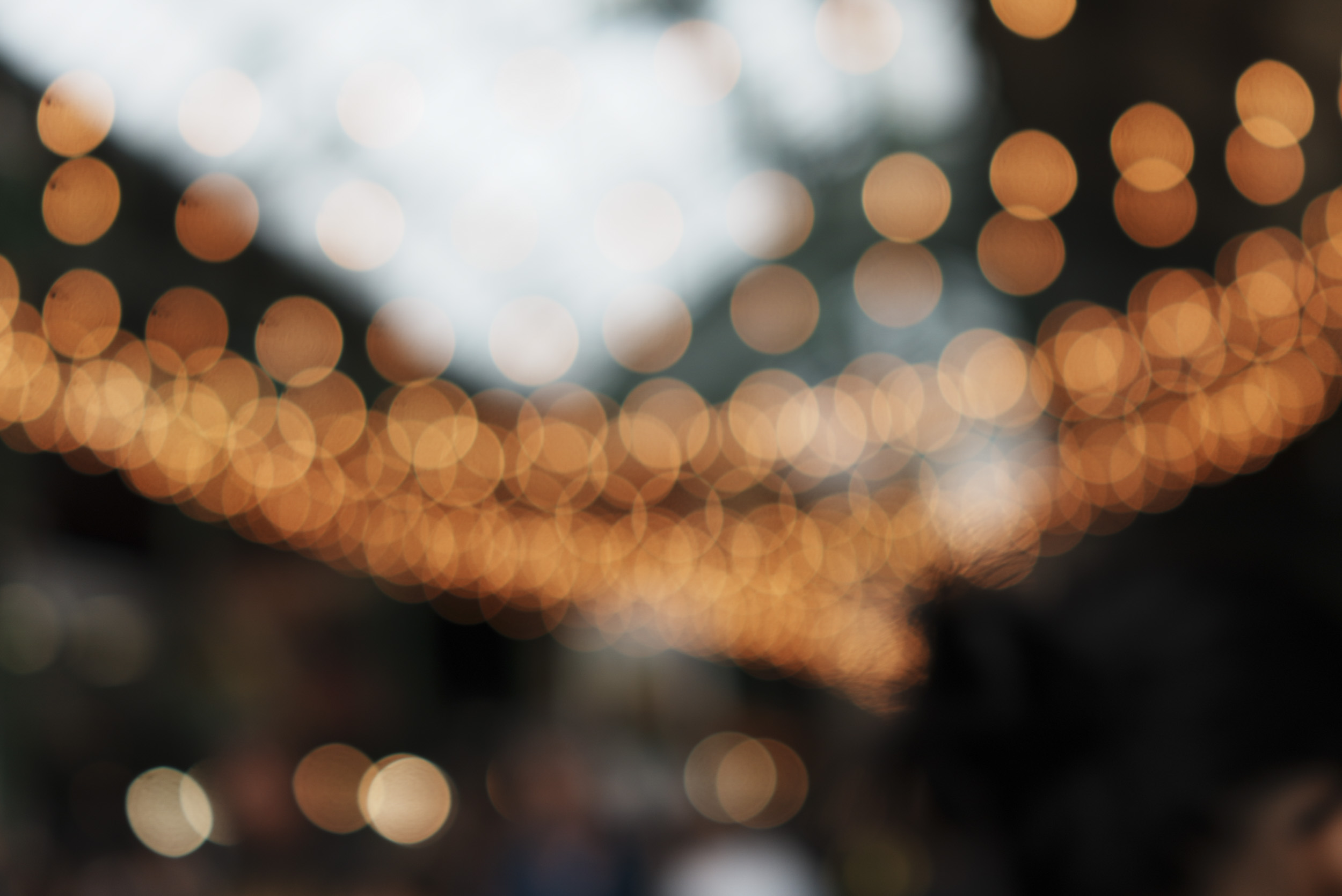
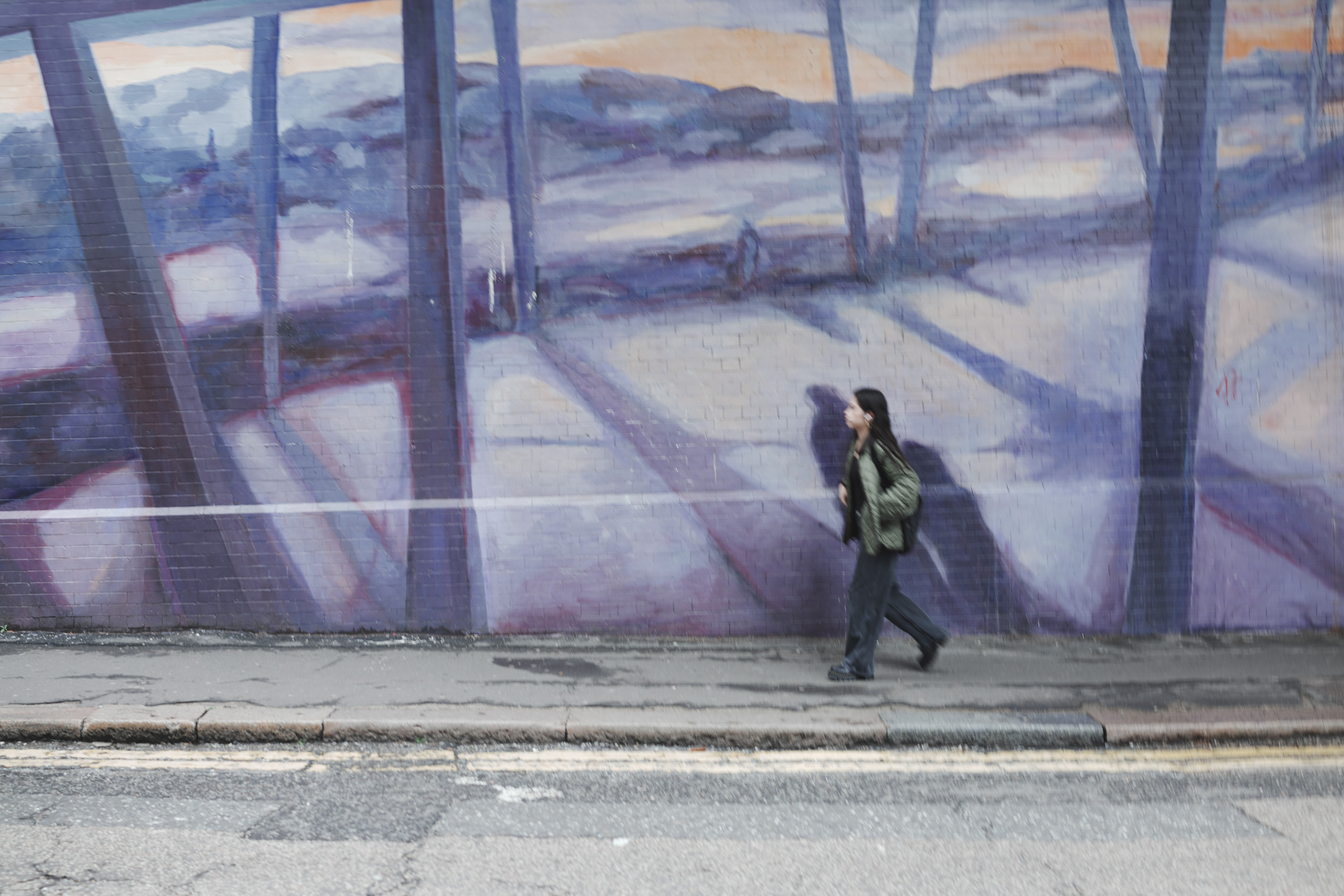
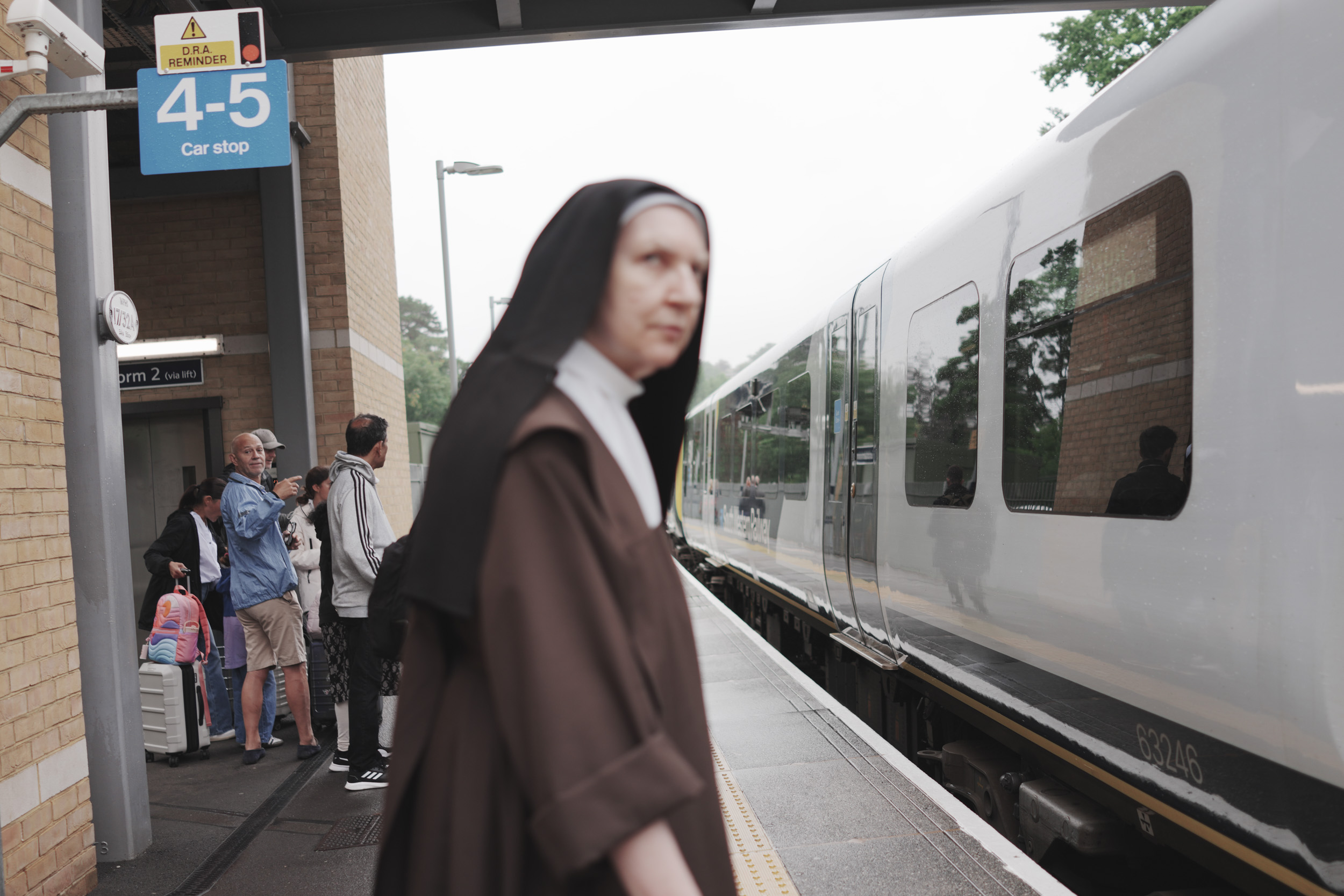
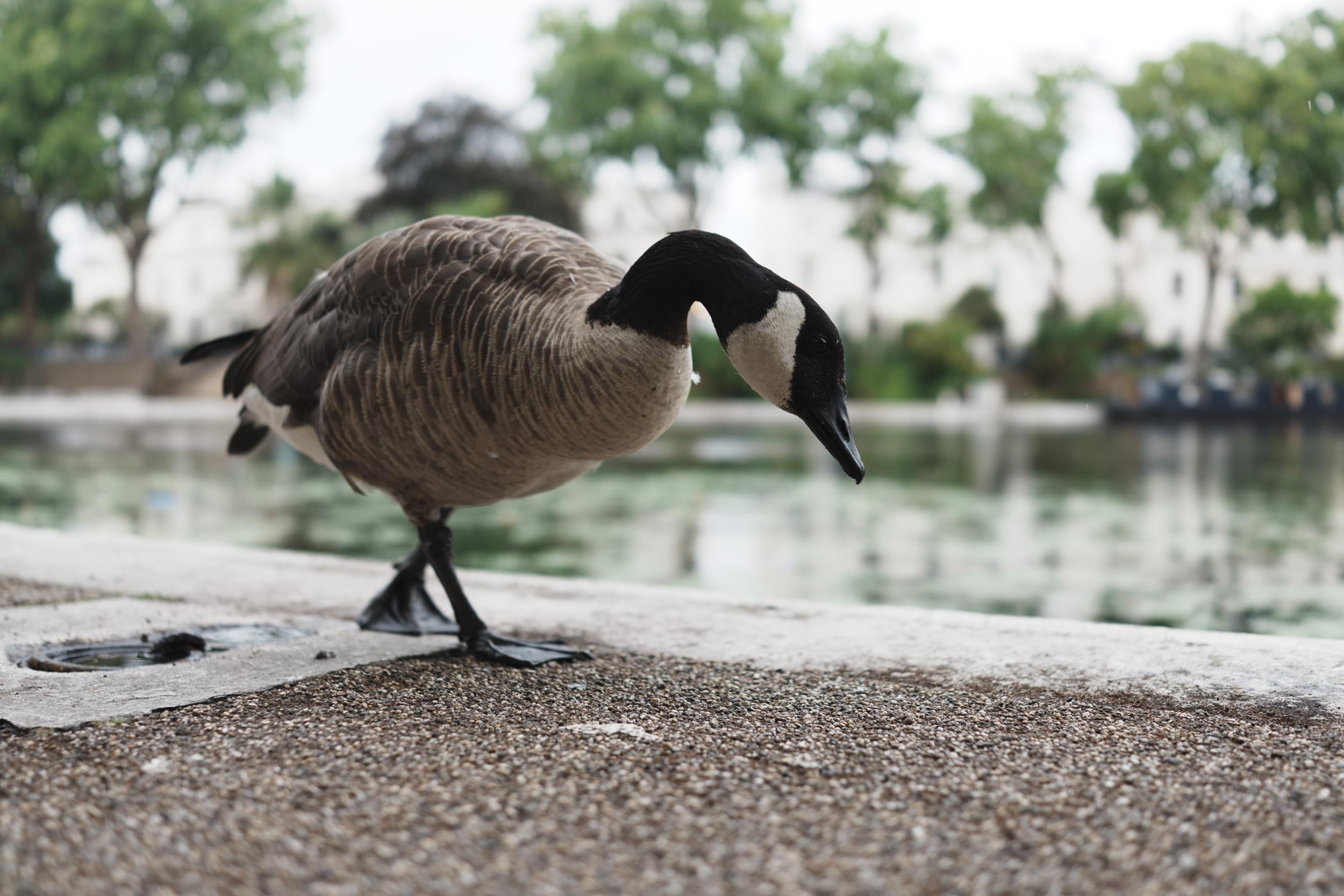

And it's not just the optical quality that has left me disappointed; there are elements of the RX1R III's handling that have frustrated me, most notably the rear display.
In its defense, the screen’s quality is superb - it's a highly detailed 2.36 m-dot display that's rich in contrast. Its touch functionality is flawless, too. However, the screen is fixed. That's right, you can't tilt it up or flip it out to the side and spin it around.
For an everyday carry, with which I often want to shoot at awkward angles, or discreetly with waist-level shooting, I’ve longed for a tilt screen (the Fujifilm and Leica models have one).
What was Sony thinking? Even the 10-year-old RX1R II has a tilt screen. Over the week, I've had plenty of moments with the RX1R III where I've shot blind from low, hoping that the shot was in focus and composed properly. Many weren't.
Switch to the EVF instead, which is designed nicely and neatly tucked into the corner, and you'll find it's an older Sony unit with modest 2.36m-dot resolution. That feels cheap from Sony for a premium model.
When using the EVF to compose a shot, I have instinctively searched for a joystick with my thumb to shift the autofocus point, while keeping my eye to the finder – it's a neat feature in some Sony mirrorless cameras. Sadly, the RX1R III doesn't have a joystick.
And then there’s the front-heavy balance of the RX1R III. It’s body is compact, but its lens is disproportionately bulky. As such, I’ve needed to grip the camera tighter than I would like to get a secure hold.
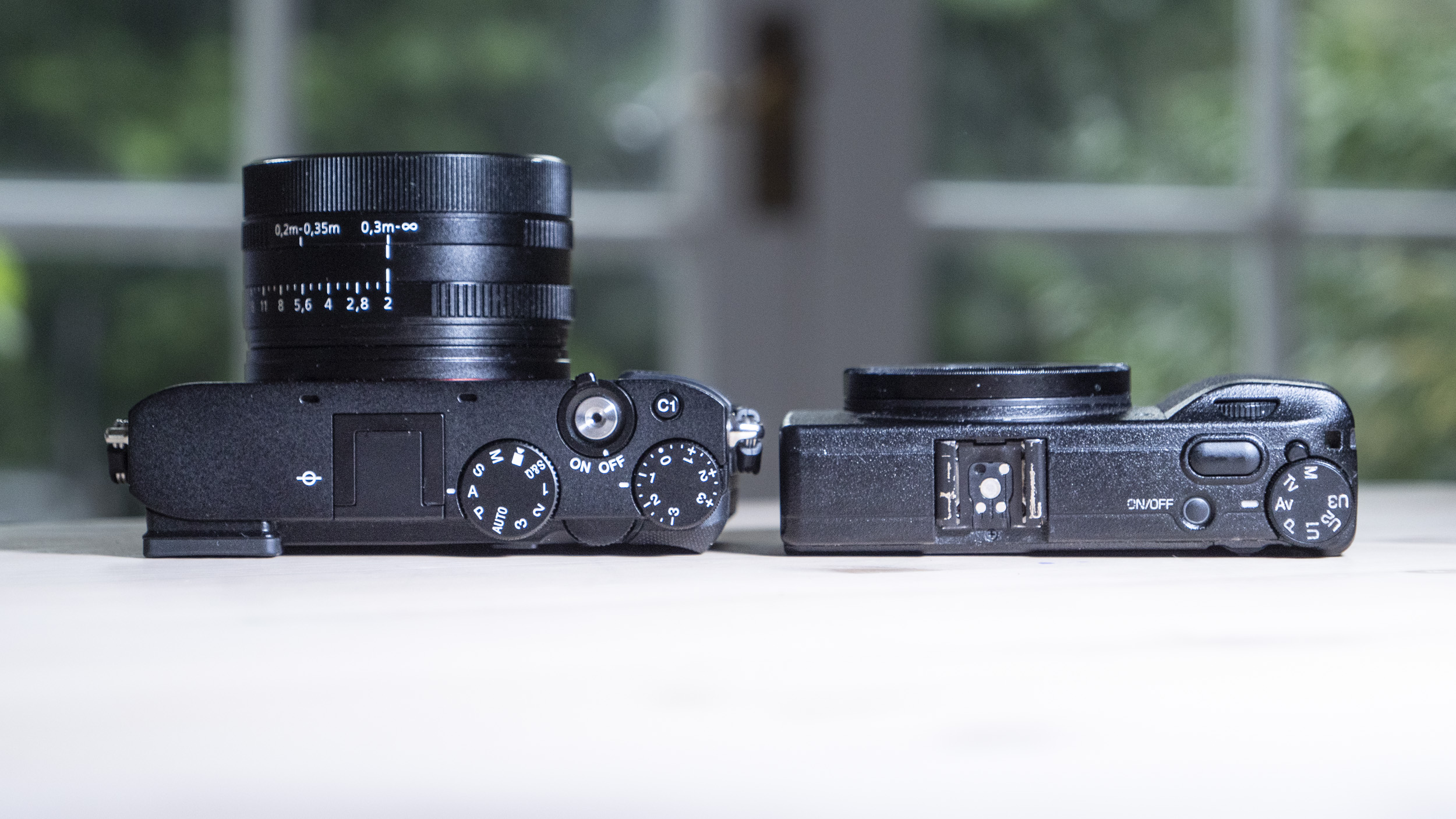
An unfortunate drawback to the camera's compact dimensions is the packed button layout, and with that tight grip on the camera, I have regularly and accidentally nudged the ISO control on the right-hand side of the rear wheel, unwittingly changing the ISO setting.
The frustrating result was switching from auto ISO – which is my preferred setting, and for which the RX1R III handily offers a Slower / Slow / Standard / Fast / Faster scale for minimum shutter speed – to manual ISO, so I might suddenly and unwittingly be at ISO 50 and shooting at super slow shutter speeds, with the resulting shots being blurry.
I've dug through the menus to customize the rear wheel for an alternate setting to ISO, but seemingly, there isn't the option to switch it.
Elsewhere, I actually don’t mind the lack of image stabilization in this camera, which many have taken issue with. Sure, it would be nice to have, particularly handy for 4K video recording. Or even a basic 3-stop optical stabilization, like what the Ricoh GR III series has, would be welcome. Without it, I've opted for auto ISO with the 'Fast' minimum shutter speed setting (typically 1/250sec), and have come away with sharp shots.
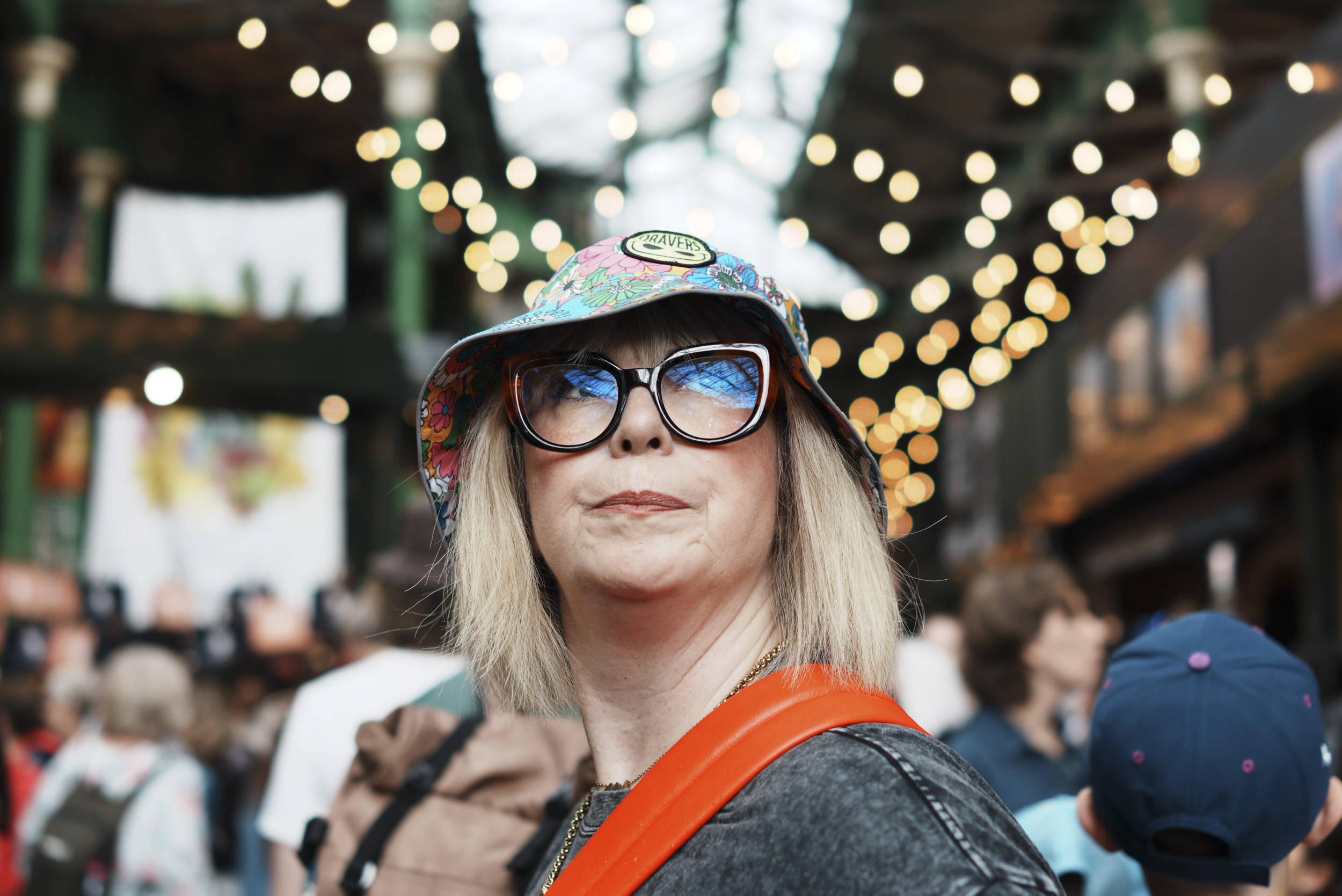




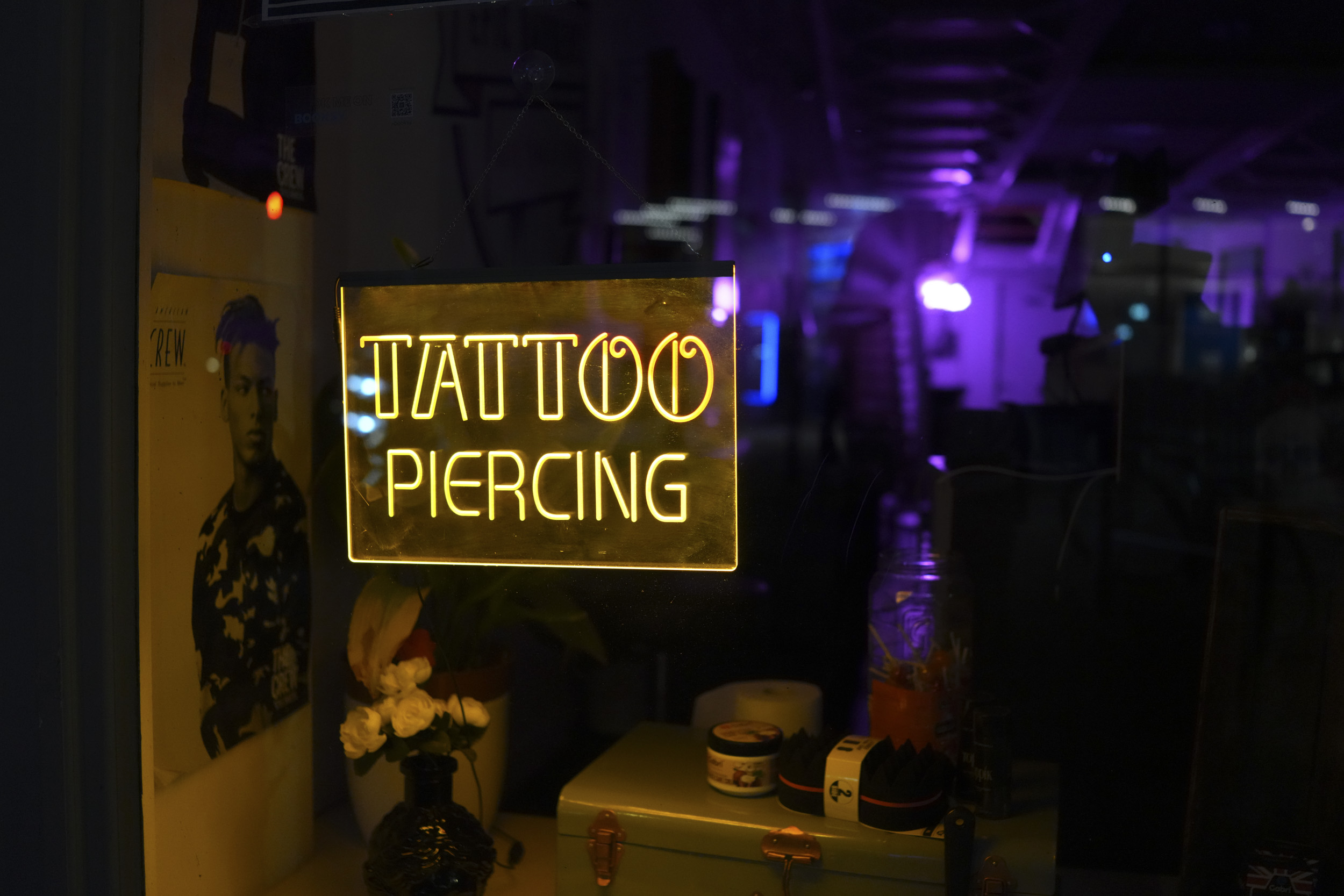
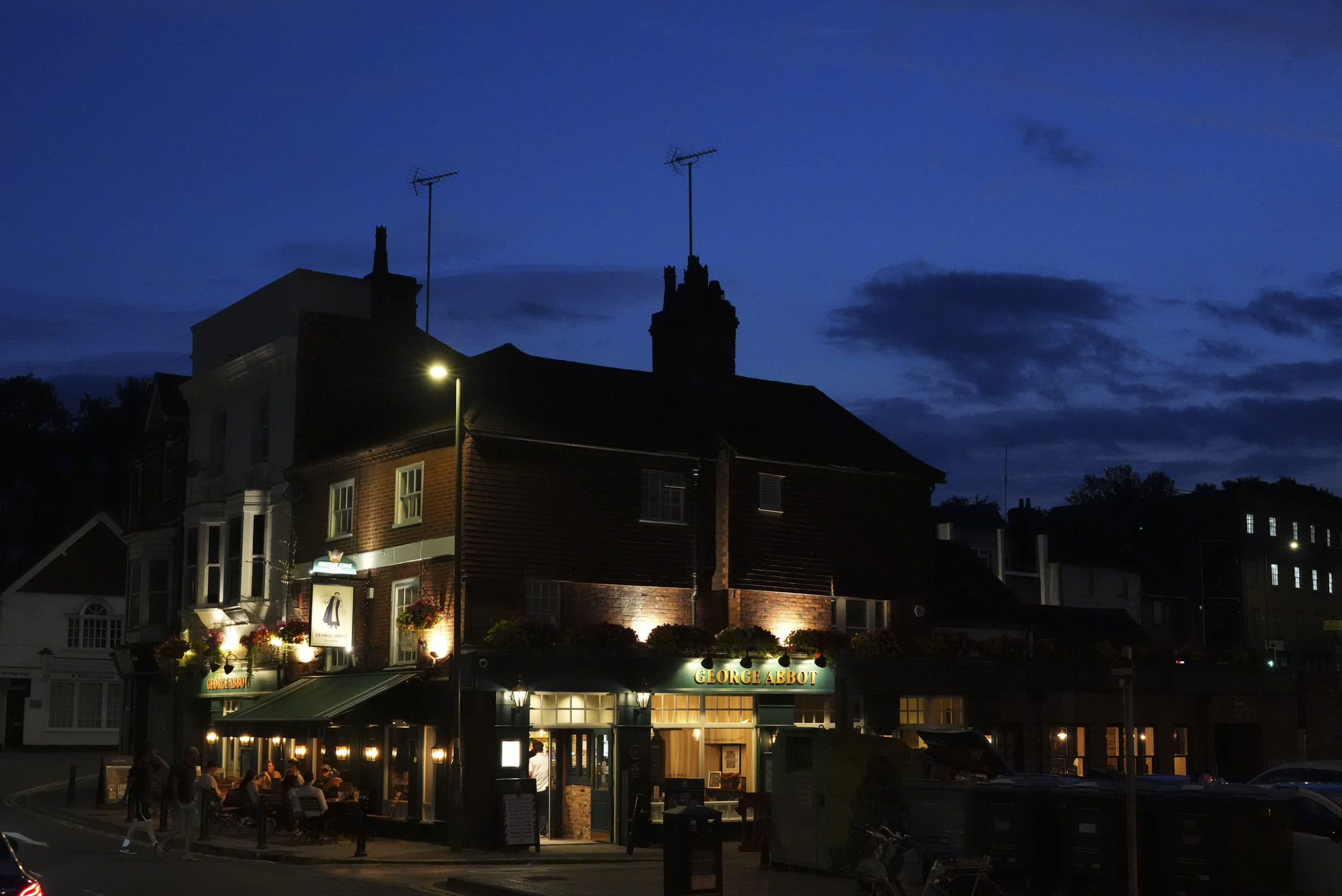
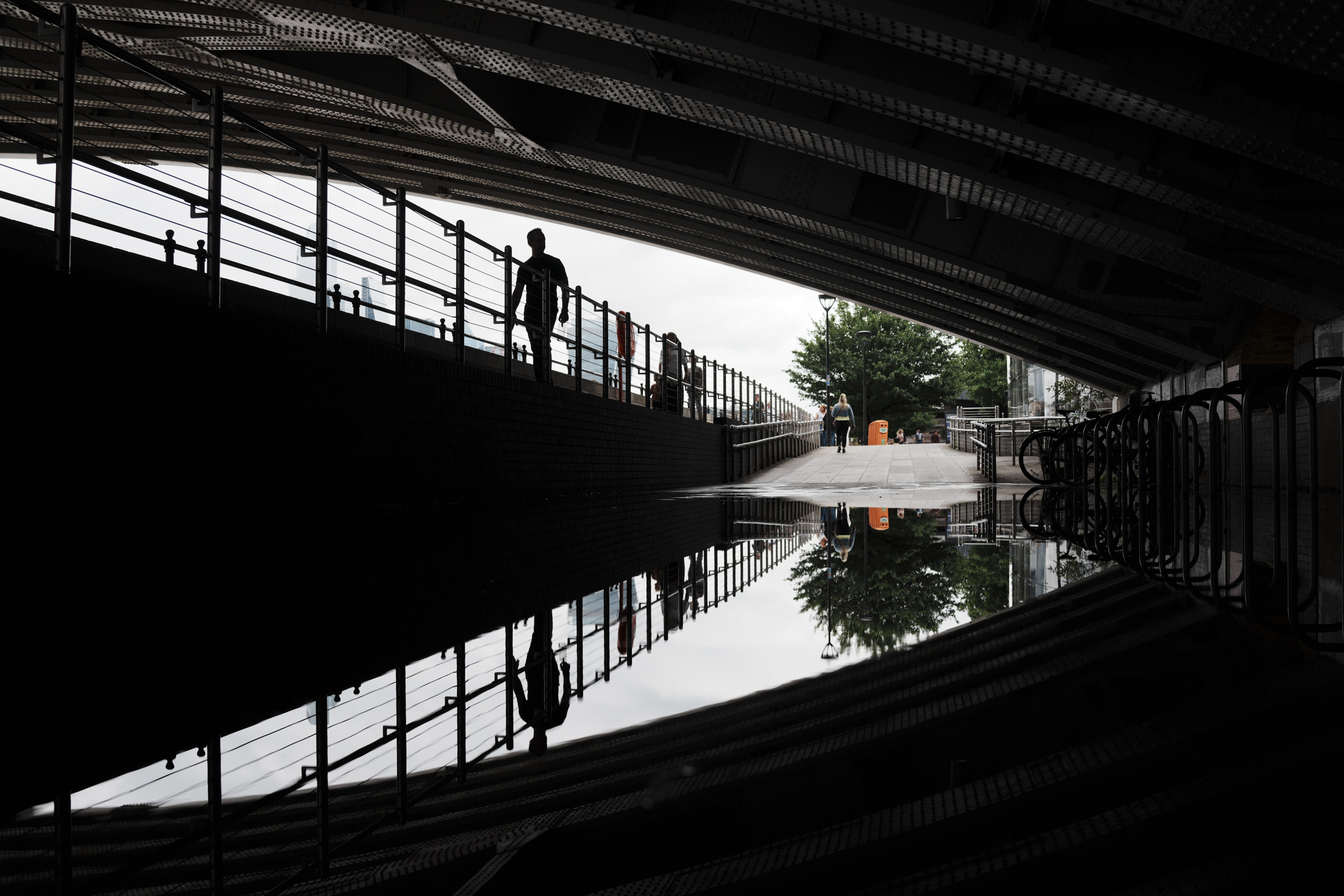



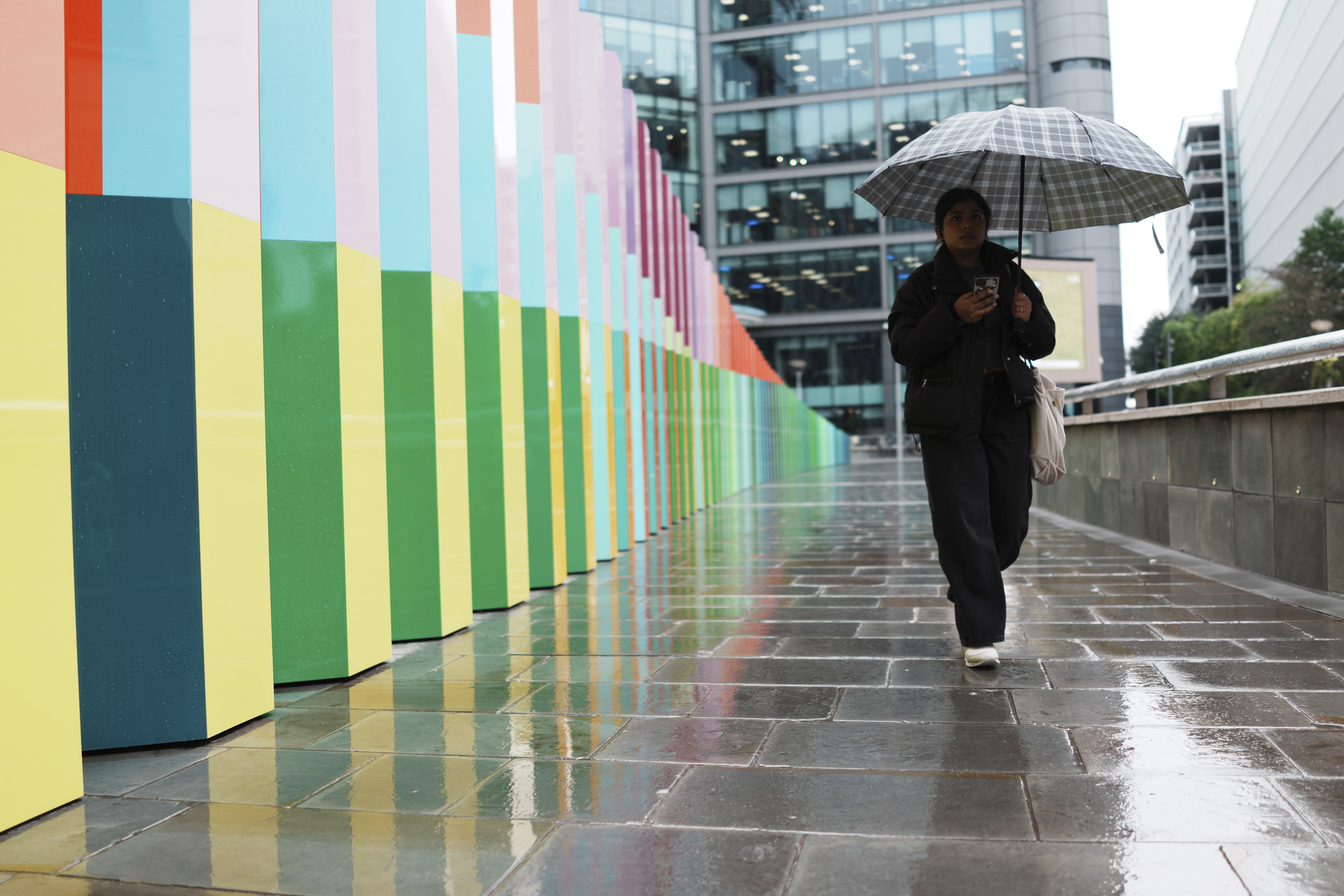
For all its drawbacks, can I still love the RX1R III?
Yes and no. Its sensor tech and autofocus are a big upgrade from the RX1R II. It's a discreet and capable camera with a sharp lens that has snapped decent reportage moments – I've included some of my favorite shots, above.
In many other respects, however, it's much the same camera as the 10-year-old model, and even a step backwards: optical quality is decent, but there are pronounced lens distortions, especially at f/2. More so, there are some major handling issues.
I'm left frustrated – the RX1R III could easily be a much better camera, but Sony has once again created what feels like a half-baked product, especially when you compare it to Sony's excellent mirrorless cameras like the A7C R (which costs less).
And is the RX1R III really that small? Yes, its body is tiny, but the lens is pretty deep, certainly compared to my Ricoh GR IIIX, which is genuinely pocketable.
That said, perception is more important to me than the physical dimensions, and the people around me in general didn't seem bothered by me and the RX1R III with its unassuming body and super-quiet leaf shutter. In short, you can blend in when taking pictures.
With sensible refinement, a future RX1 model could be a dream every day carry camera and potentially worth the big price tag. Make the display a tilt type, add a joystick, engineer a slimmer and optically refined lens (OK, that's the big change I want), bulk out the grip, and simplify the control layout. While you're at it, Sony, weather seal the body and throw in a built-in flash (if it's possible to do both of the latter two).
A future RX1R camera that includes the above would be a dream. The series in its current RX1R III form, however, is a beautiful nightmare.
You might also like

Tim is the Cameras editor at TechRadar. He has enjoyed more than 15 years in the photo video industry with most of those in the world of tech journalism. During his time as Deputy Technical Editor with Amateur Photographer, as a freelancer and consequently editor at Tech Radar, Tim has developed a deeply technical knowledge and practical experience with cameras, educating others through news, reviews and features. He’s also worked in video production for Studio 44 with clients including Canon, and volunteers his spare time to consult a non-profit, diverse stories team based in Nairobi. Tim is curious, a keen creative, avid footballer and runner, and moderate flat white drinker who has lived in Kenya and believes we have much to enjoy and learn from each other.
You must confirm your public display name before commenting
Please logout and then login again, you will then be prompted to enter your display name.